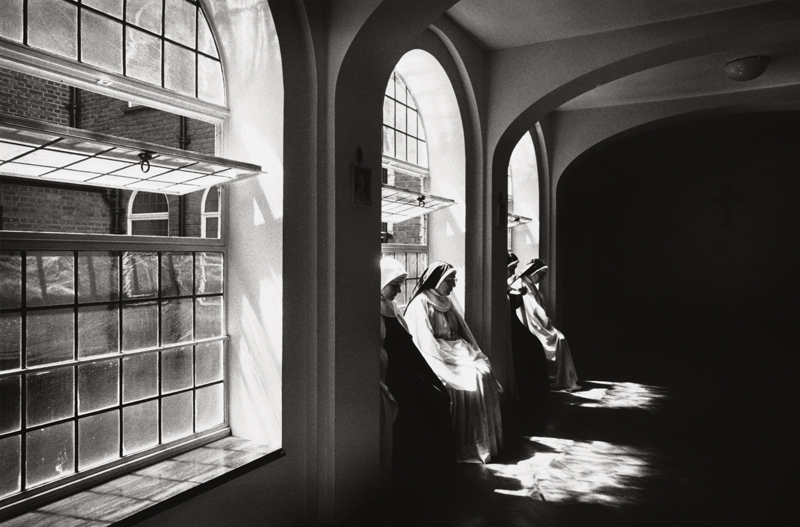Anne Noble
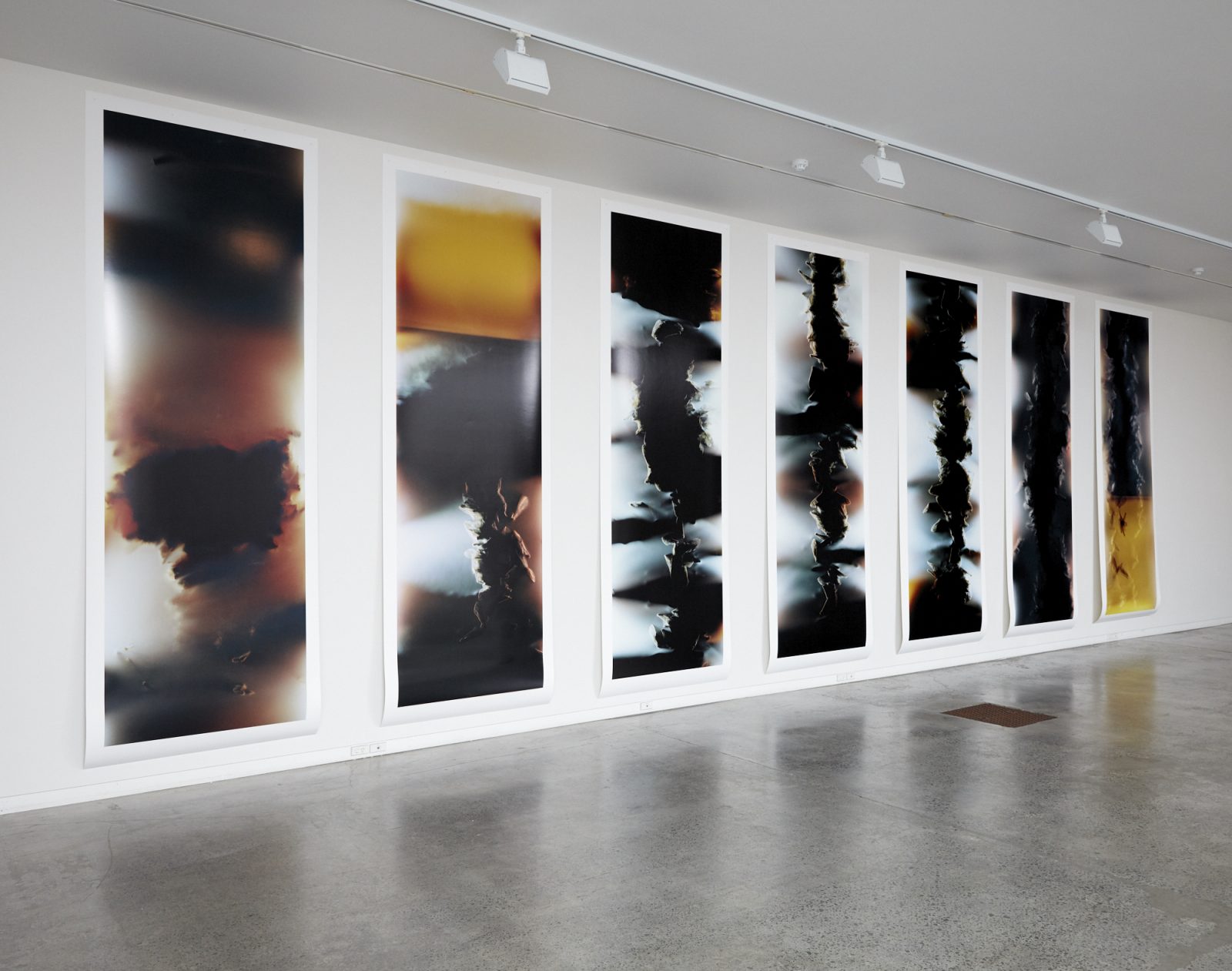
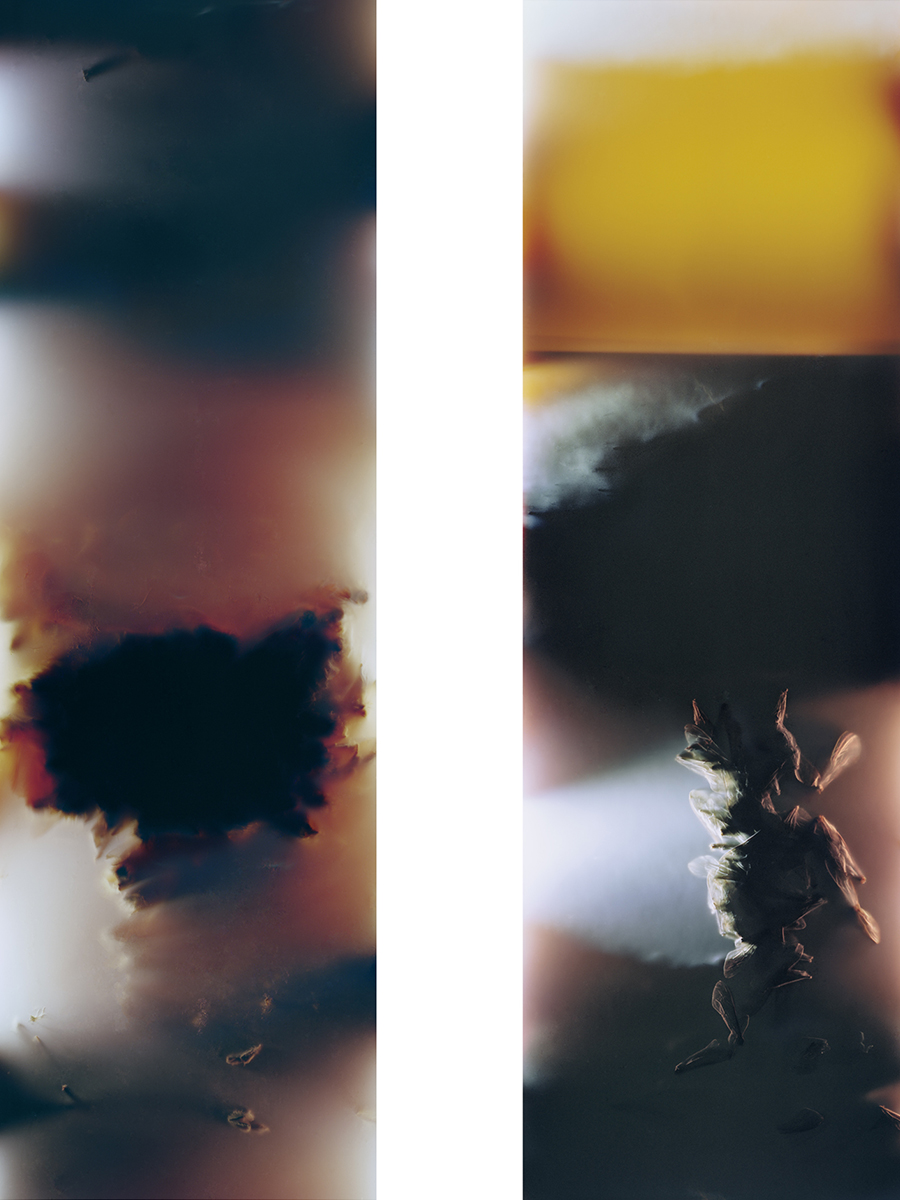
Canson Baryta Paper
1115 x 3200 mm each
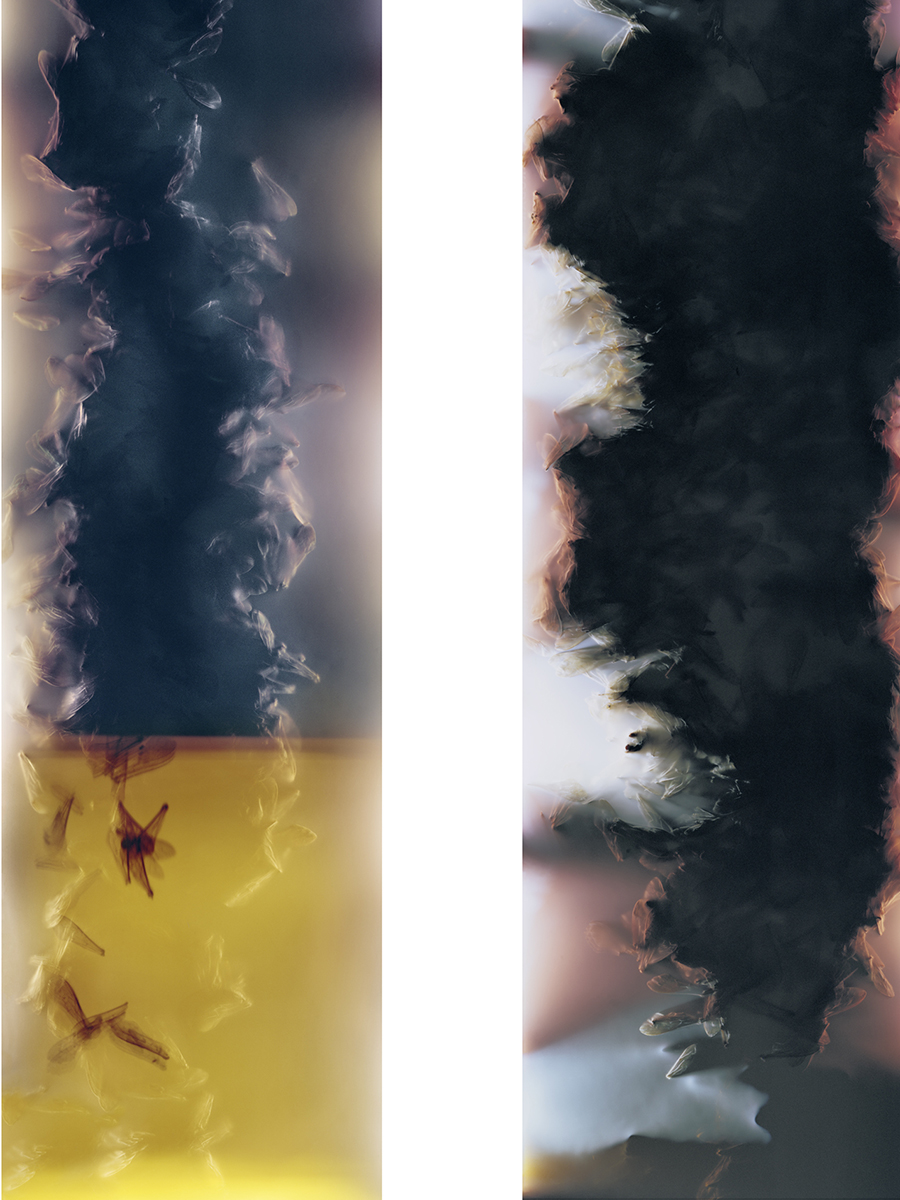
Canson Baryta Paper
1115 x 3200 mm each
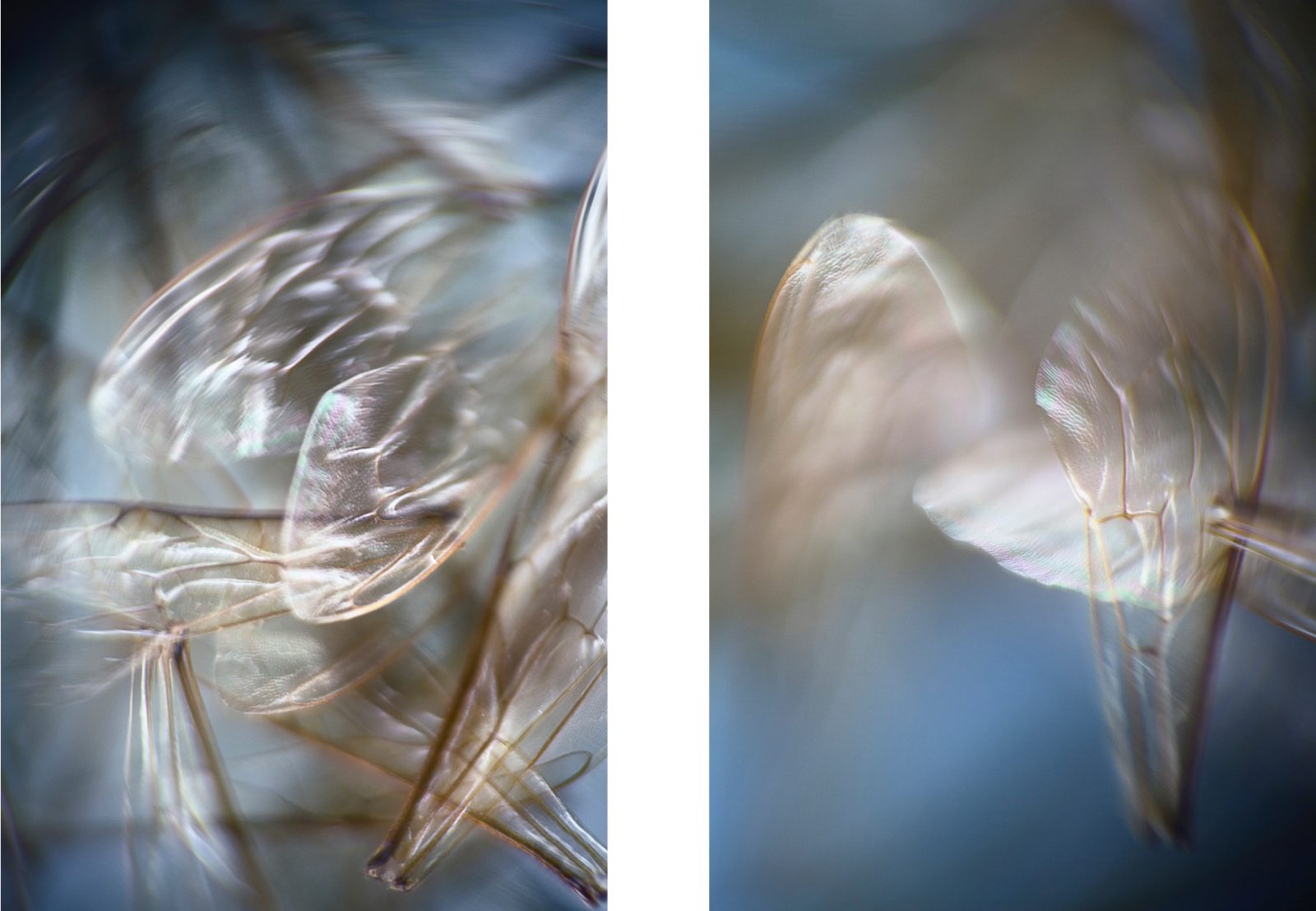
Pigment prints on Canson Baryta Paper
1200mm x 800mm each
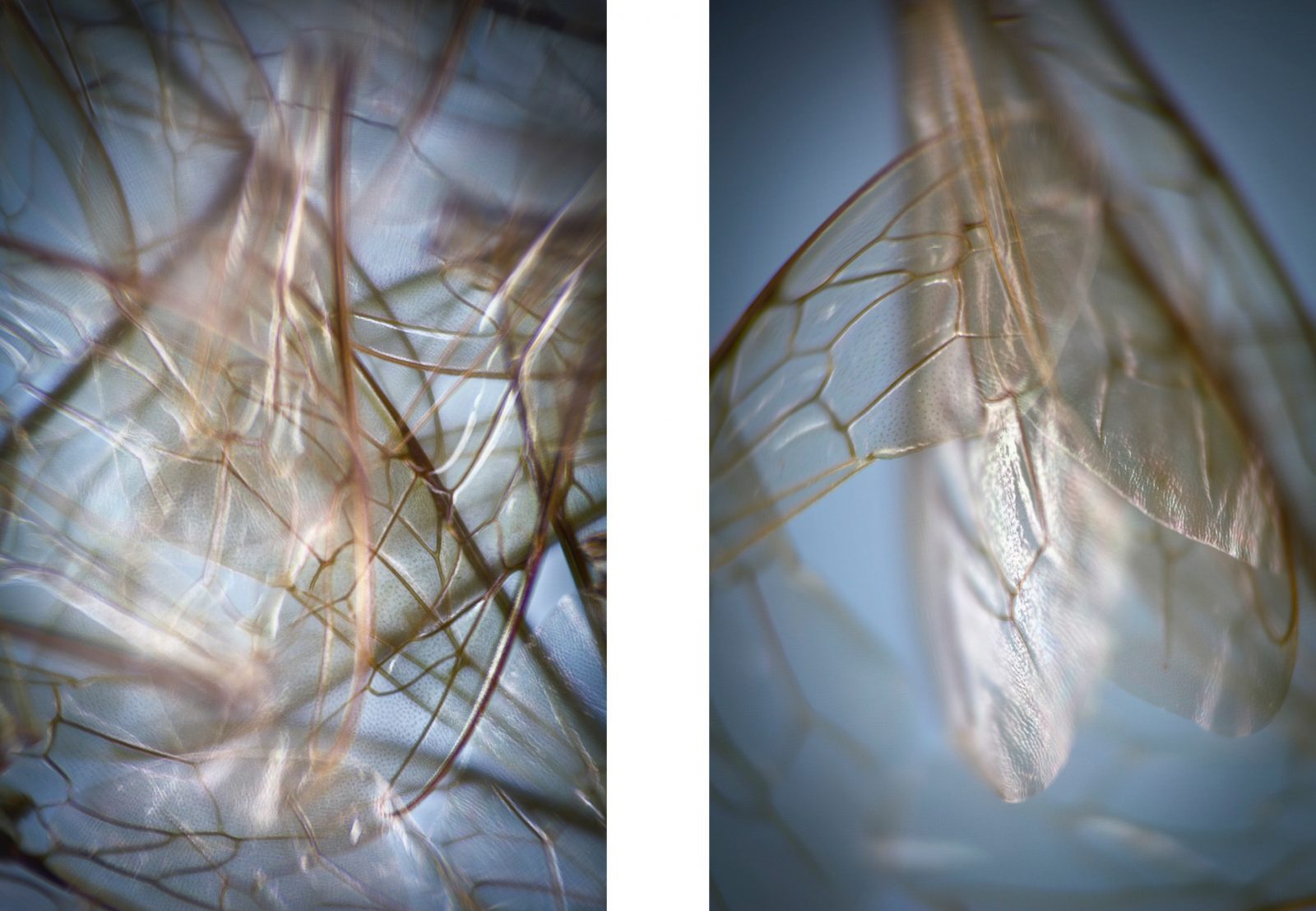
Pigment prints on Canson Baryta Paper
1200mm x 800mm each
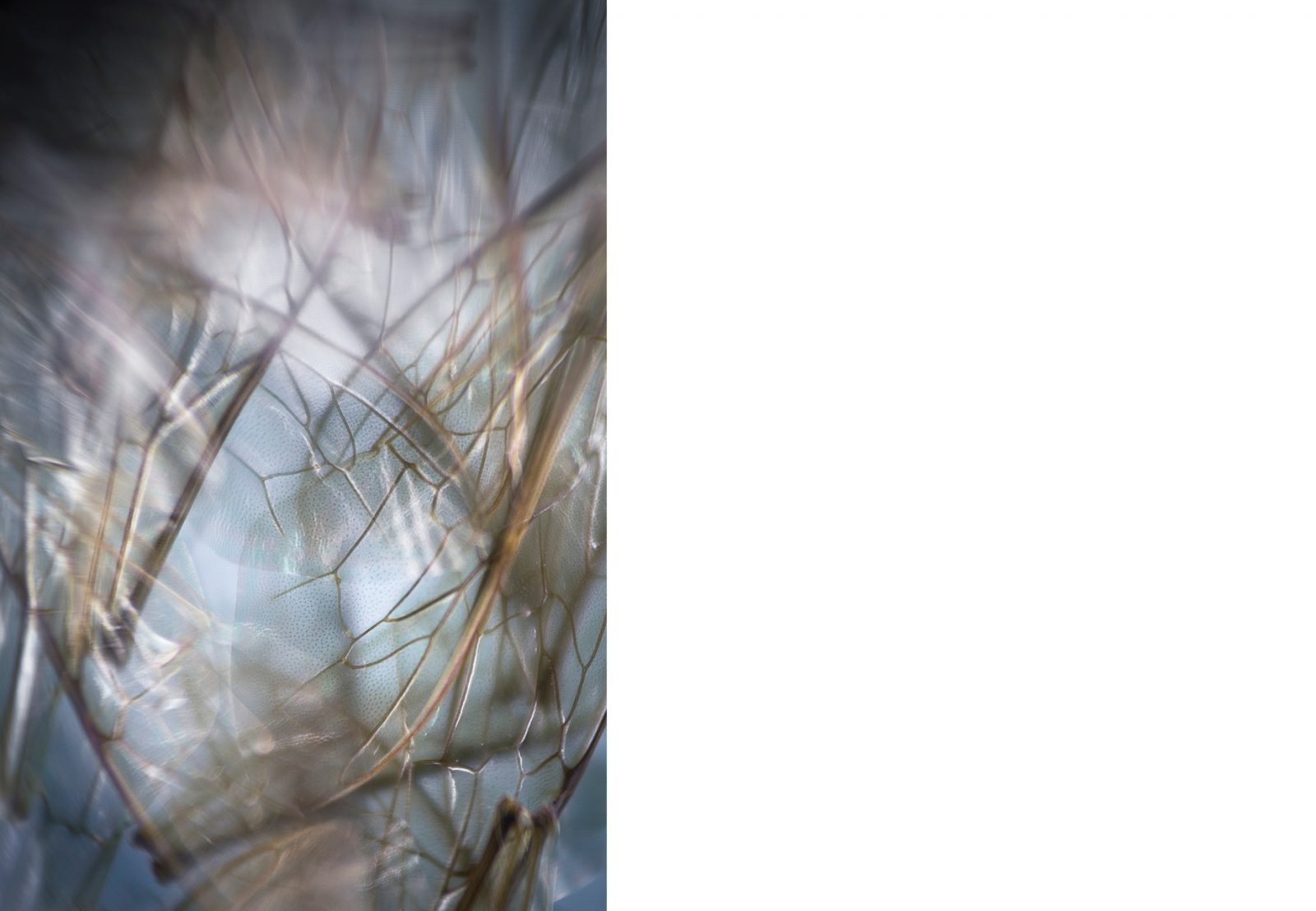
Pigment prints on Canson Baryta Paper
1200mm x 800mm each
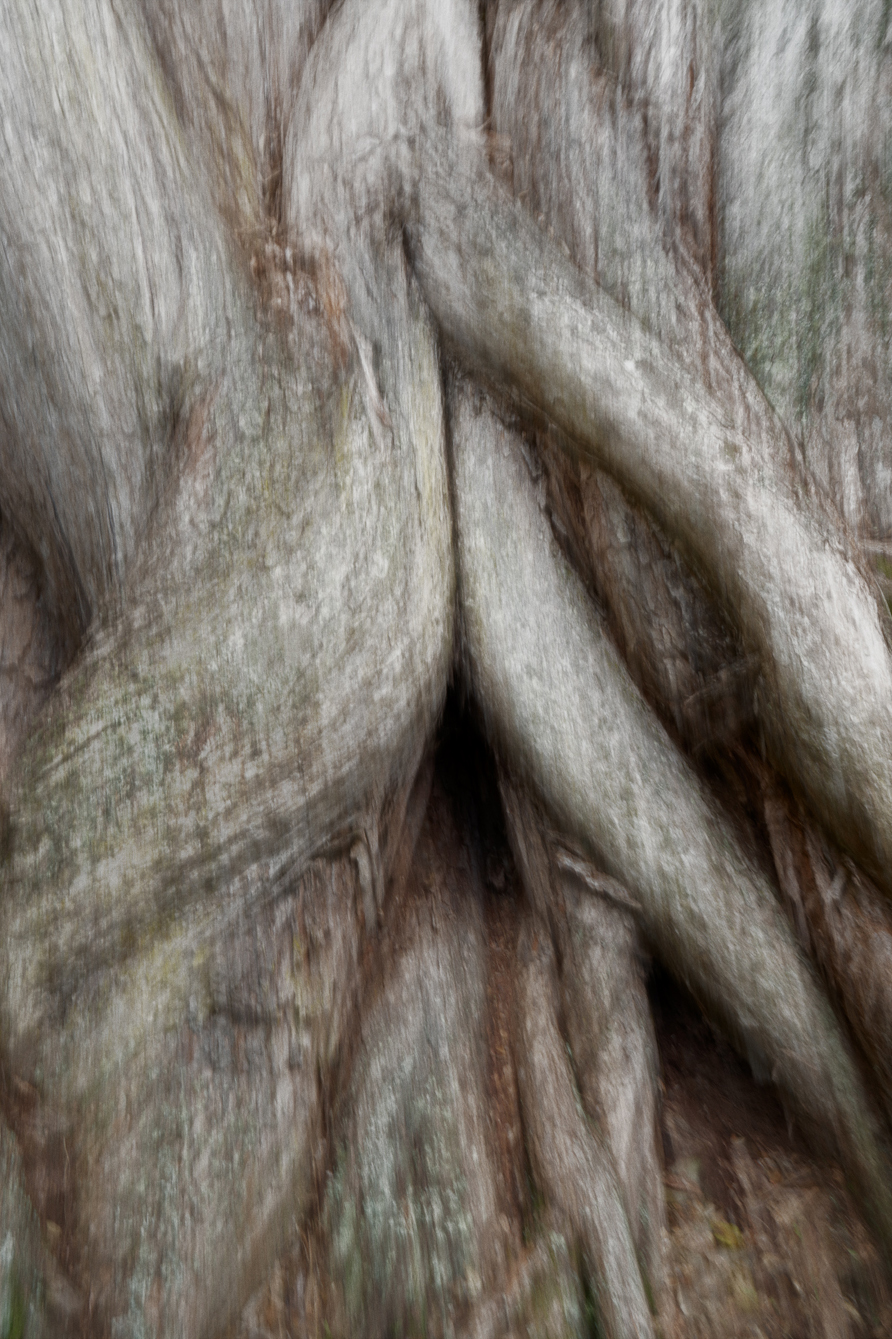
Pigment on paper
1400 x 926 mm / image size
Edition of 7
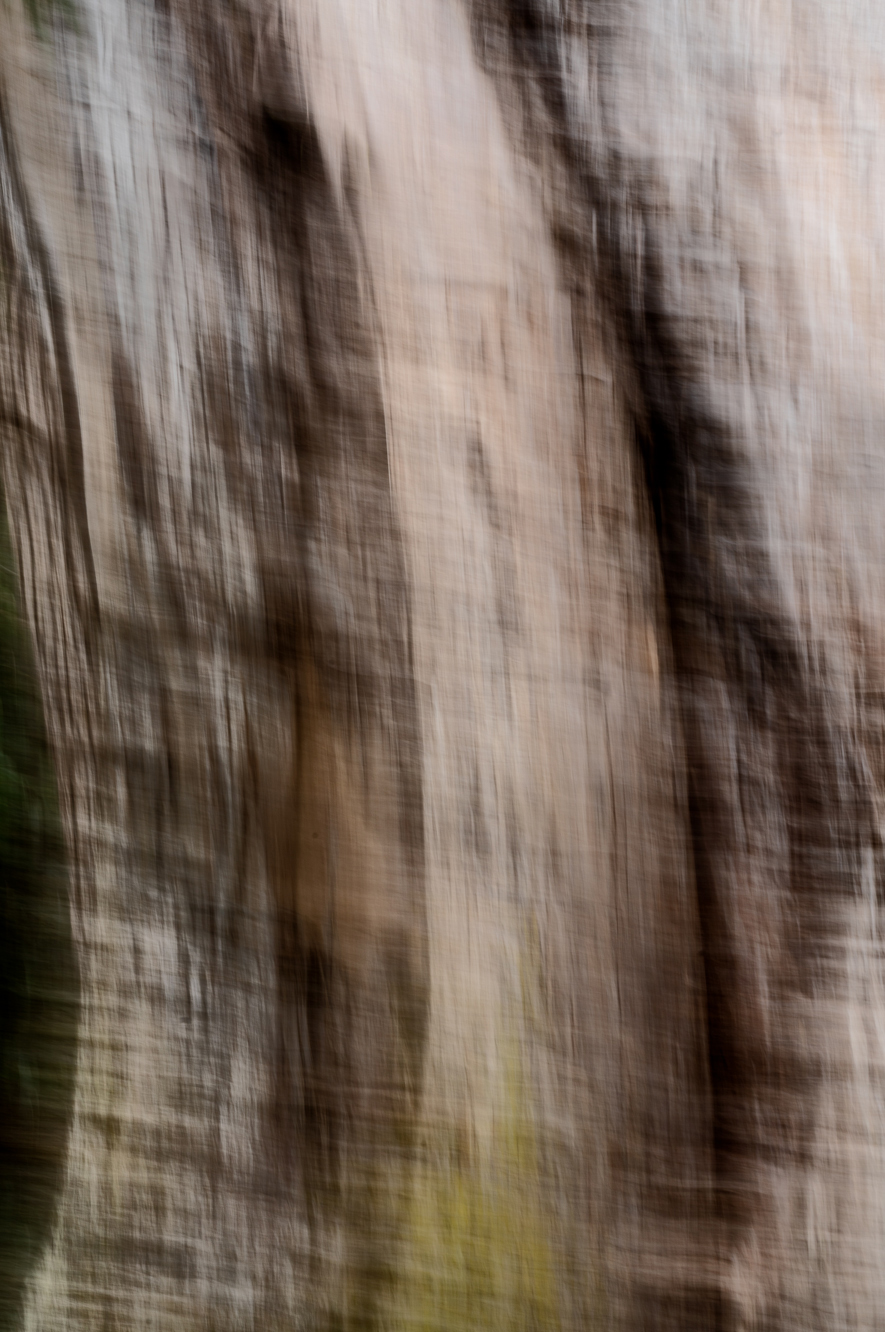
Pigment on paper
1400 x 926 mm / image size
Edition of 7
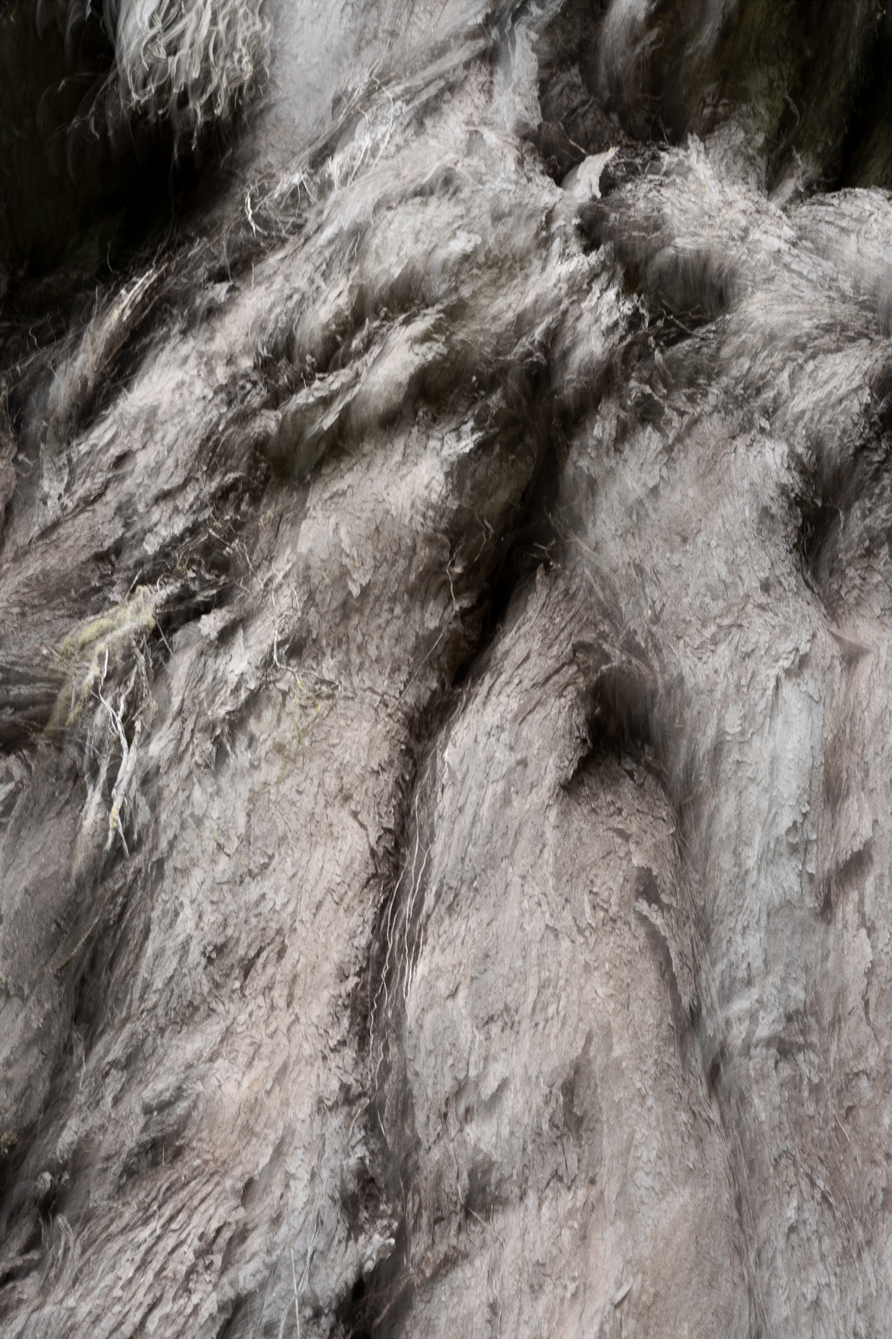
Pigment on paper
1400 x 926 mm / image size
Edition of 7
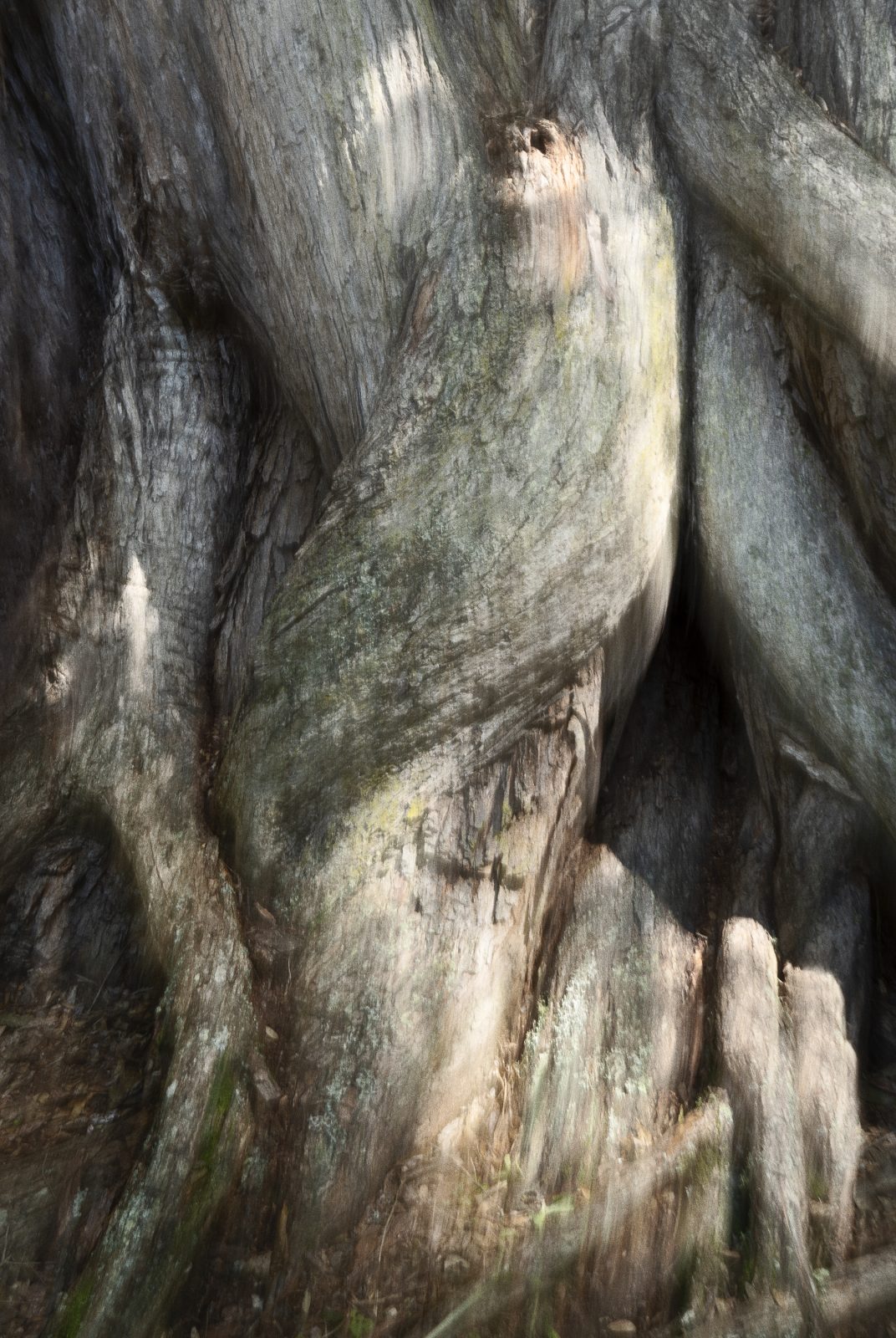
Pigment on paper
1400 x 926 mm / image size
Edition of 7
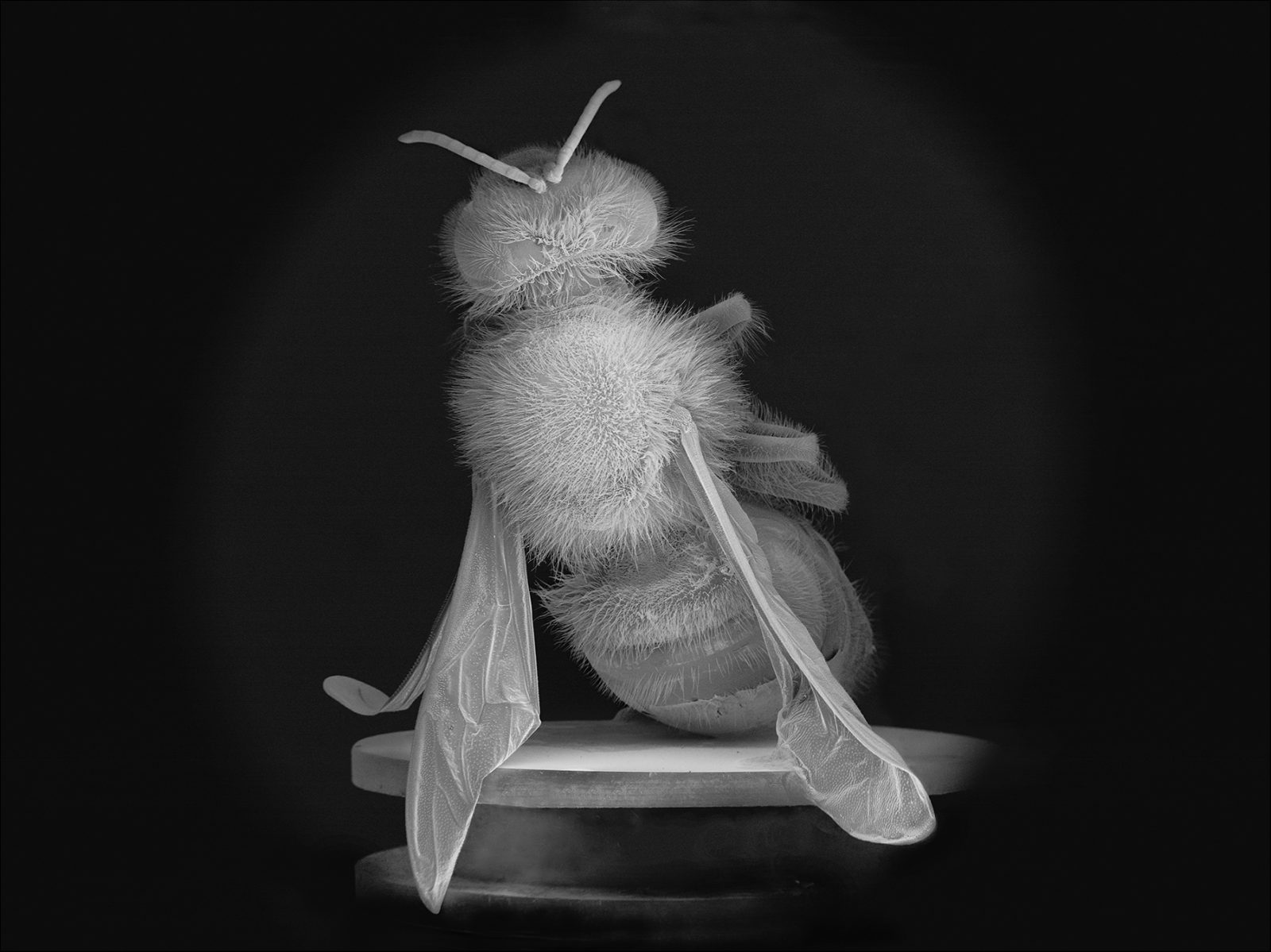
Pigment print on archival paper
915 x 1165mm
Edition of 10
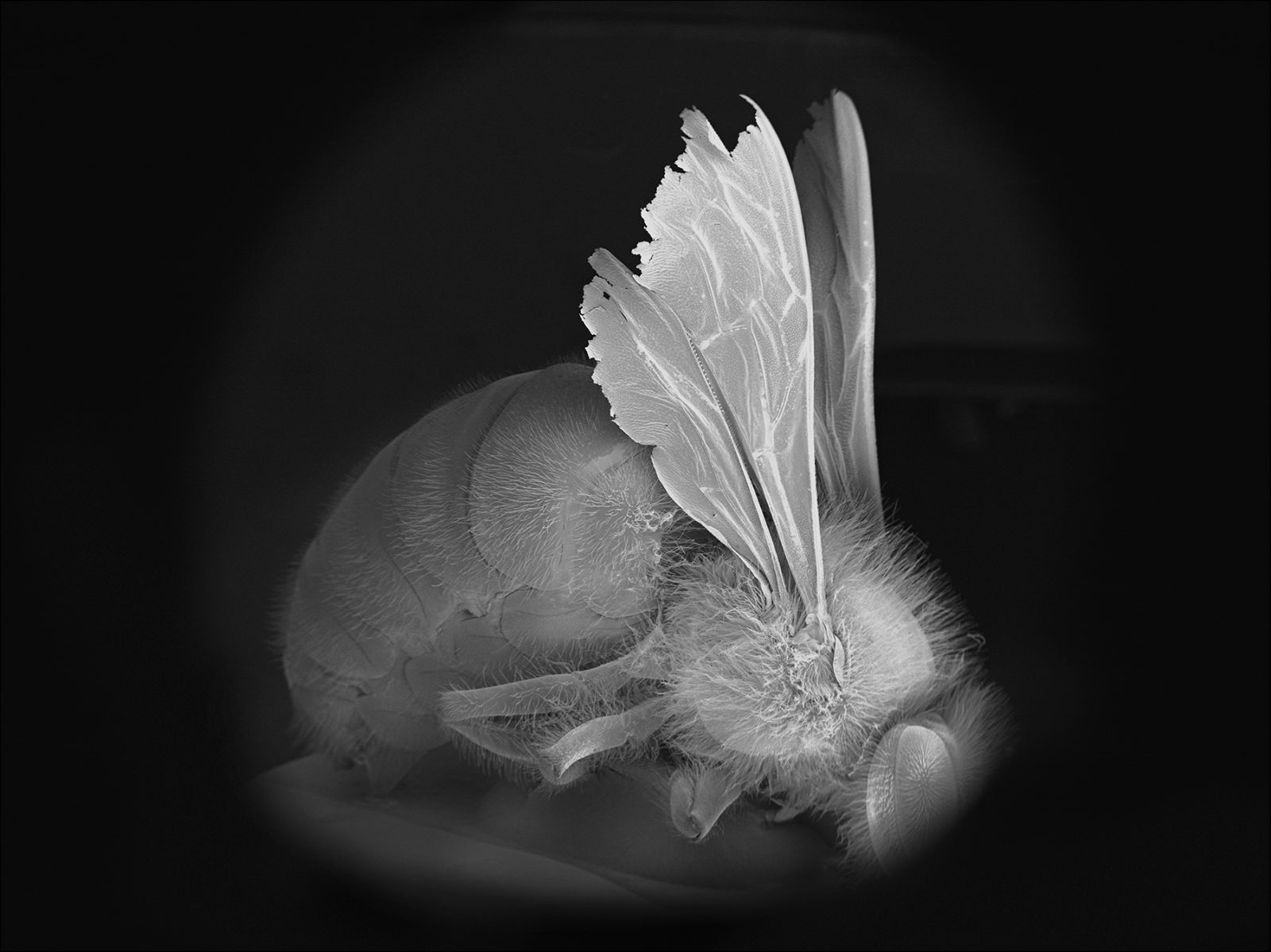
Pigment print on archival paper
915 x 1165mm
Edition of 10
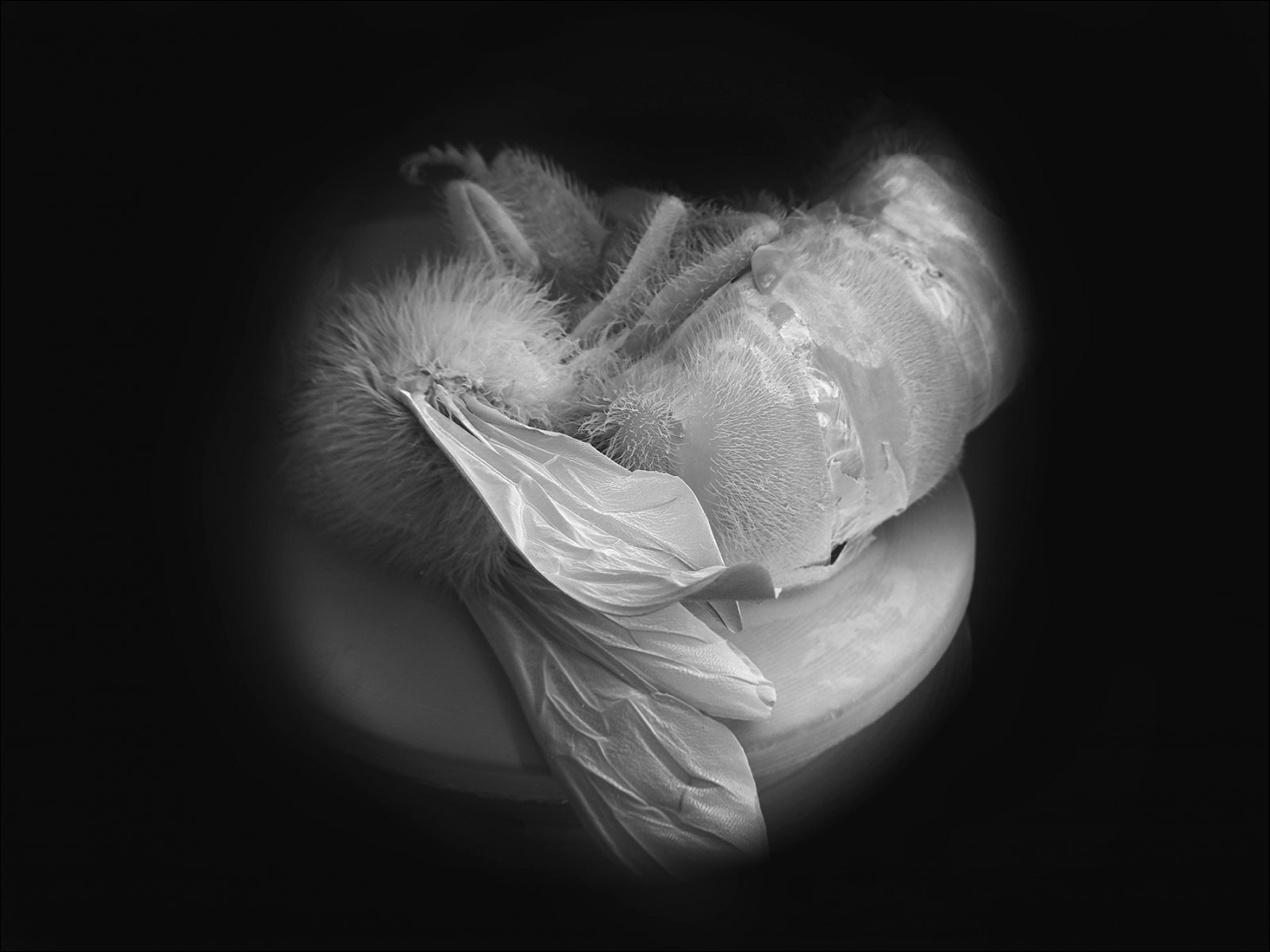
Pigment print on archival paper
915 x 1165mm
Edition of 10
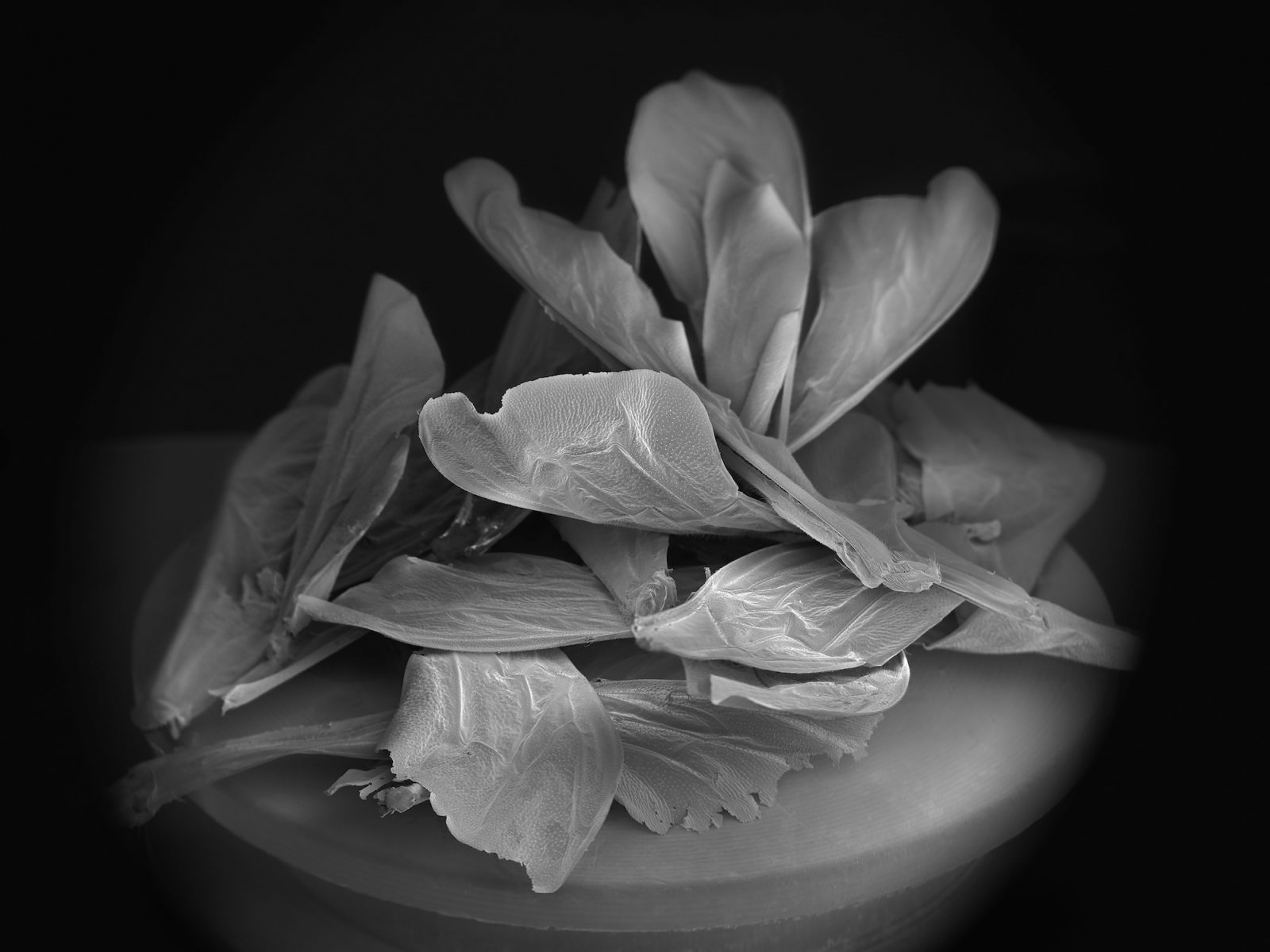
Pigment print on archival paper
915 x 1165mm
Edition of 10
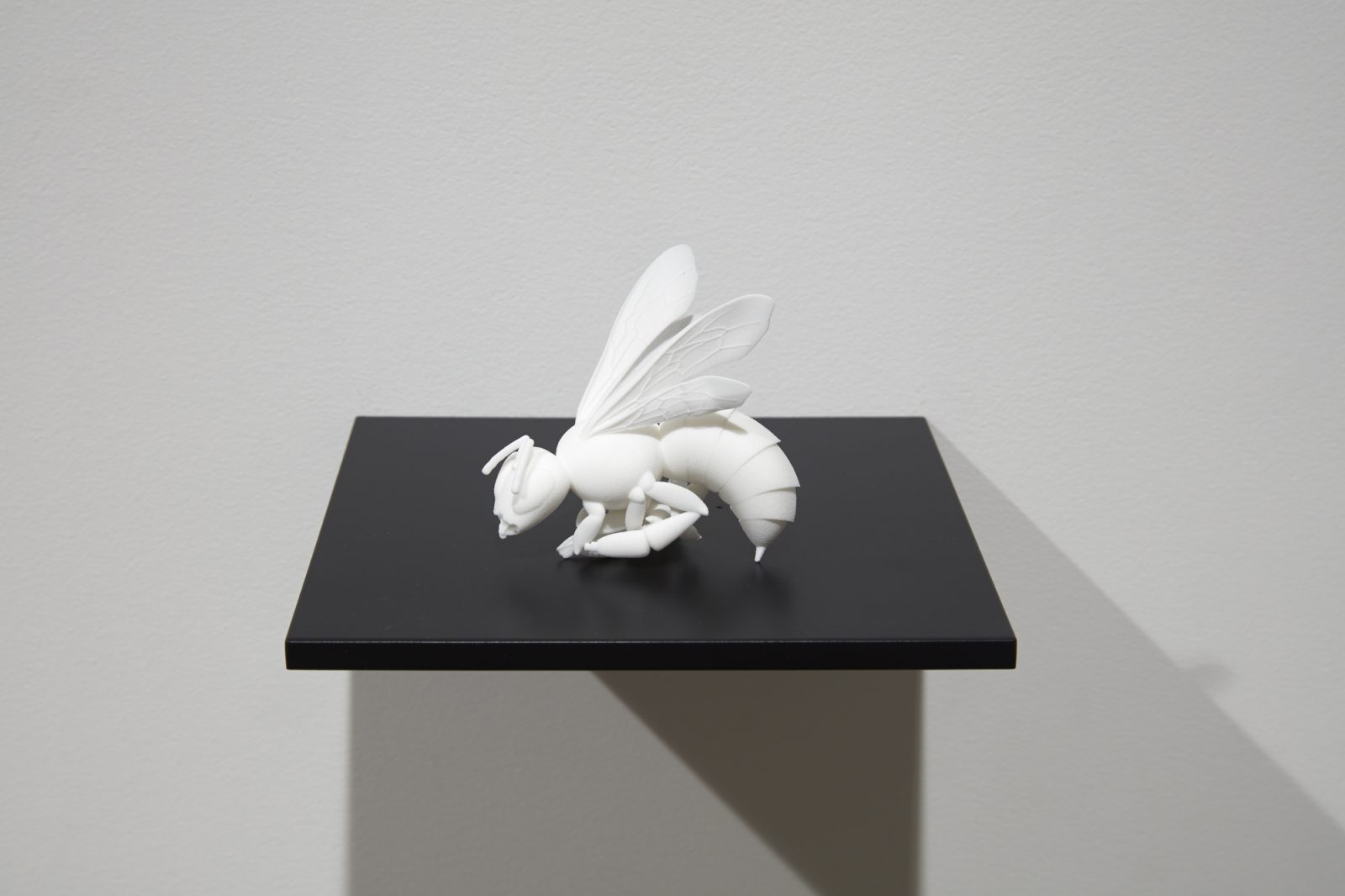
3D printed acrylic bee on shelf
200 x 200 x 200 mm
Edition of 5
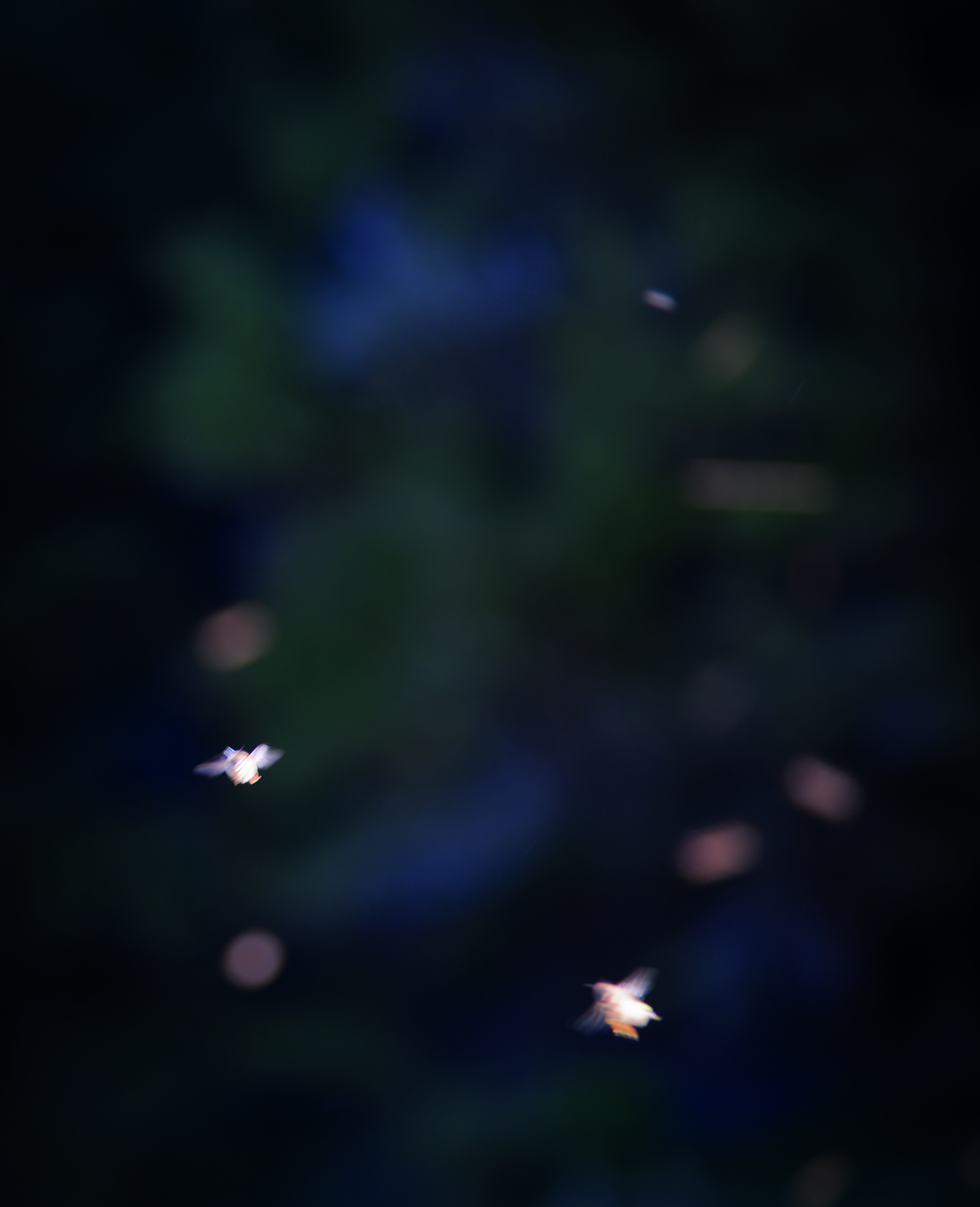
Inkjet print. Pigment on Ilford Gold Fibre Silk paper 310 gsm
600 x 500 mm
Edition of 10
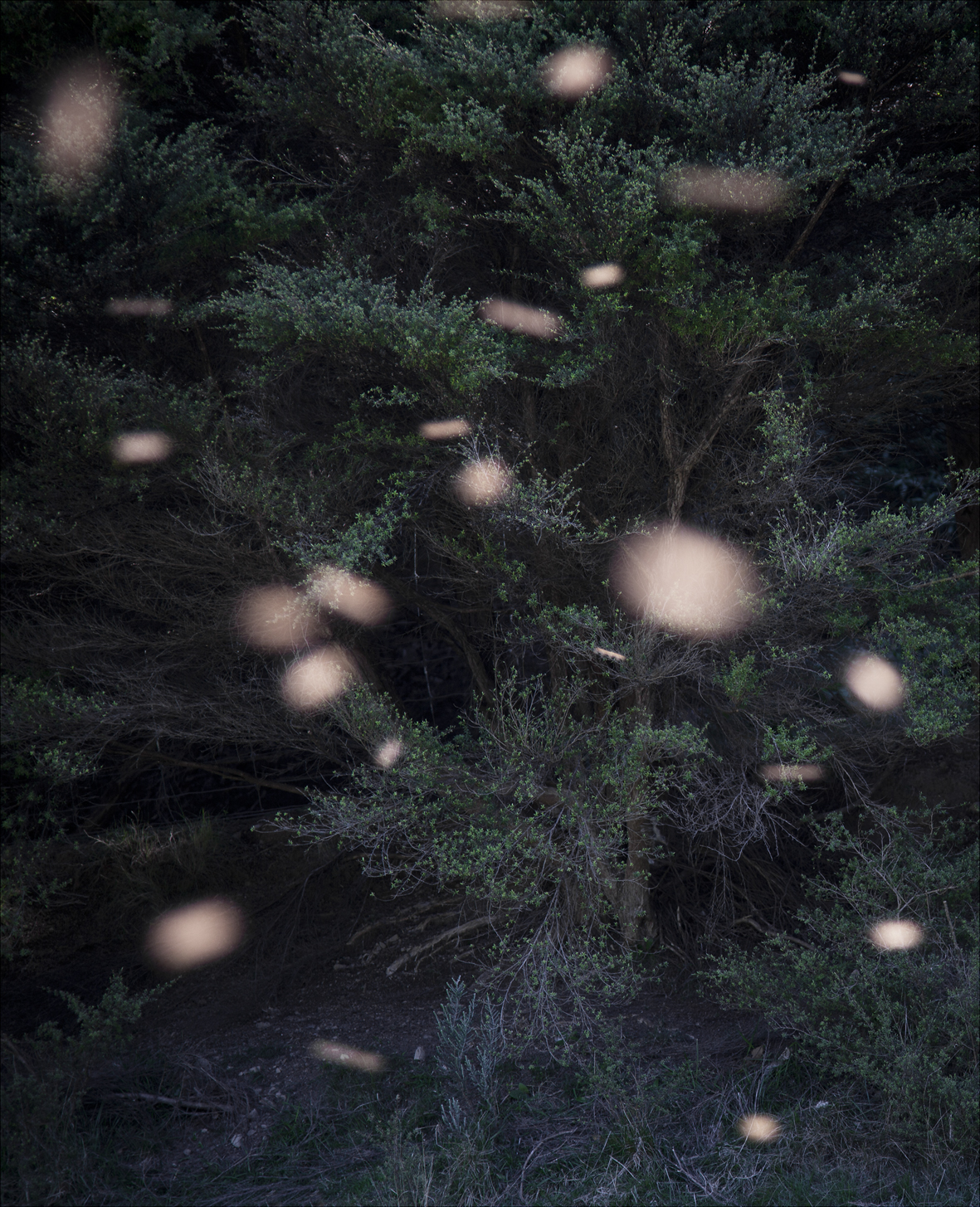
Inkjet print. Pigment on Ilford Gold Fibre Silk paper 310 gsm
600 x 500 mm
Edition of 10
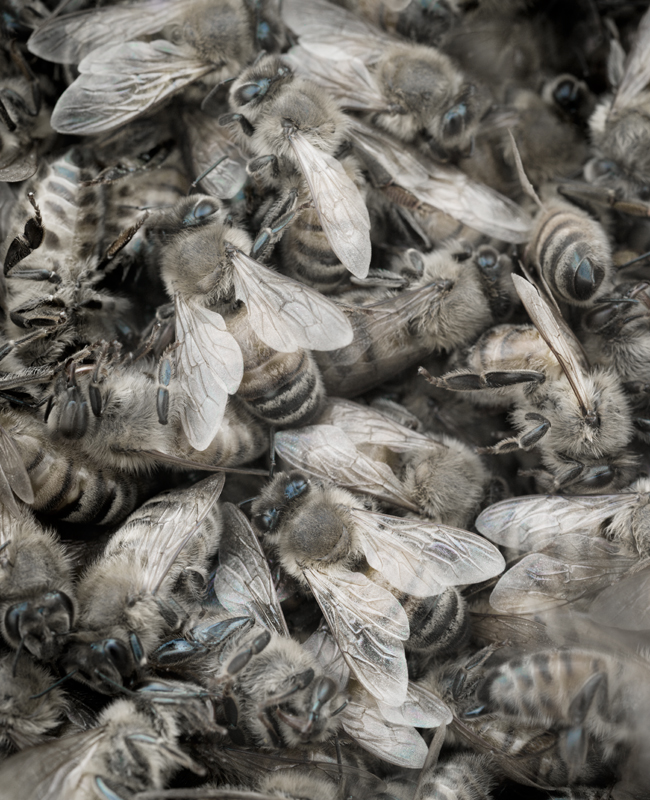
Inkjet print. Pigment on Ilford Gold Fibre Silk 310 gsm paper
600 x 500 mm
Edition of 10
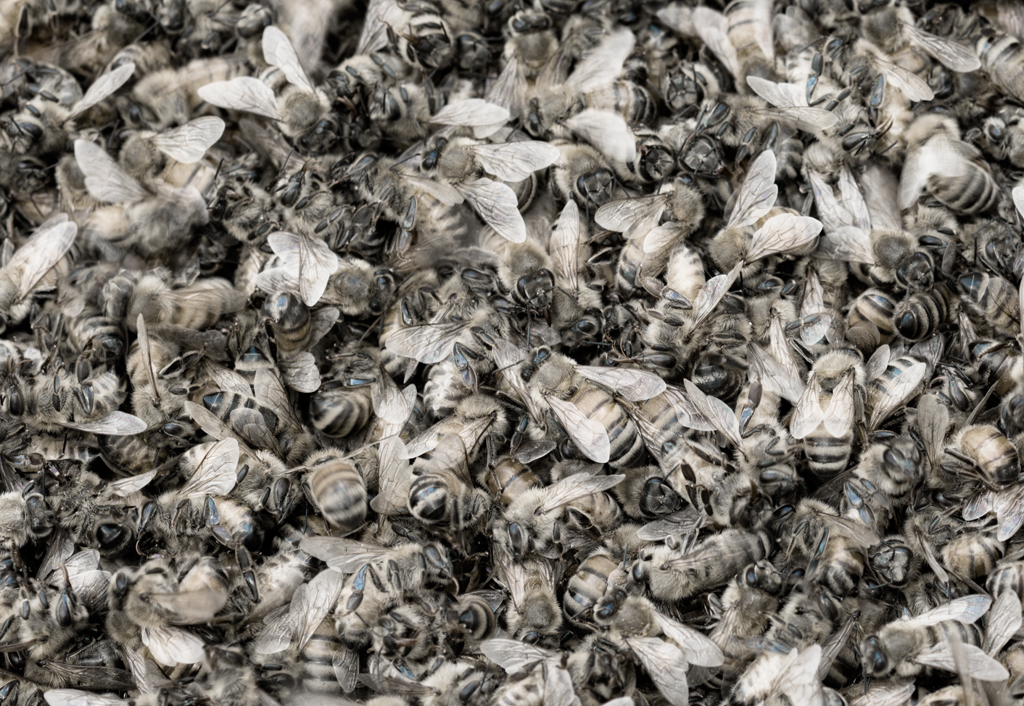
Inkjet print, Pigment on Ilford Gold Fibre Silk 310 gsm paper
1000 x 1500 mmm
Edition of 10
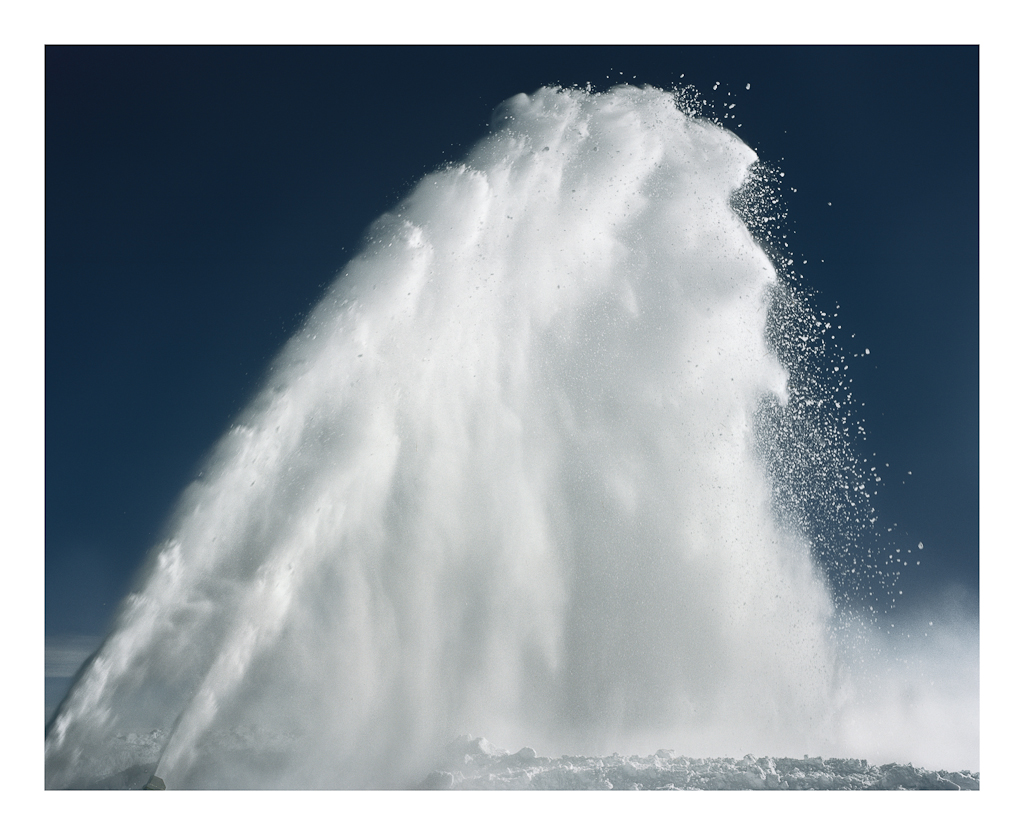
Archival pigment inks on Epson premium lustre 310 gsm
1200 x 950 mm
Edition of 10
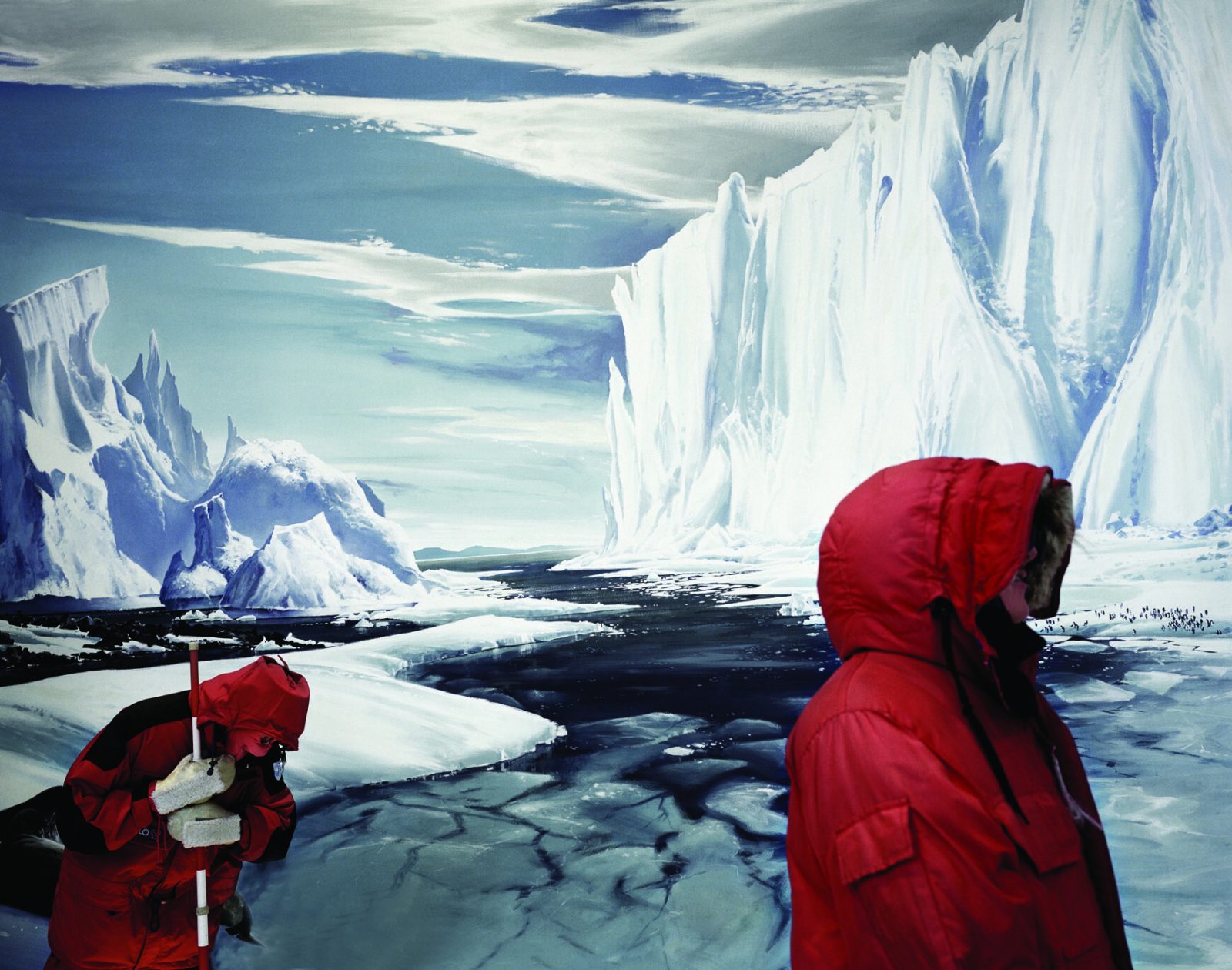
Pigment on Epson Premium semi-gloss paper
960mm x 750mm
Edition of 10
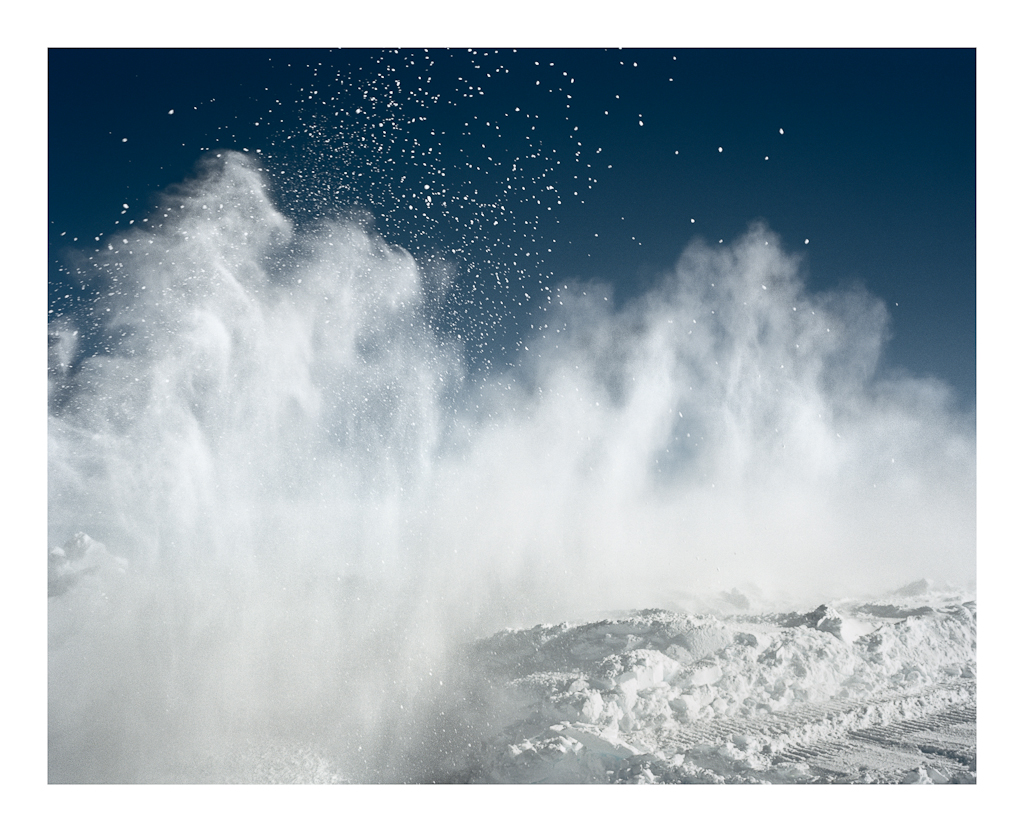
Archival pigment inks on Epson premium lustre 310 gsm
1200 x 950 mm
Edition of 10
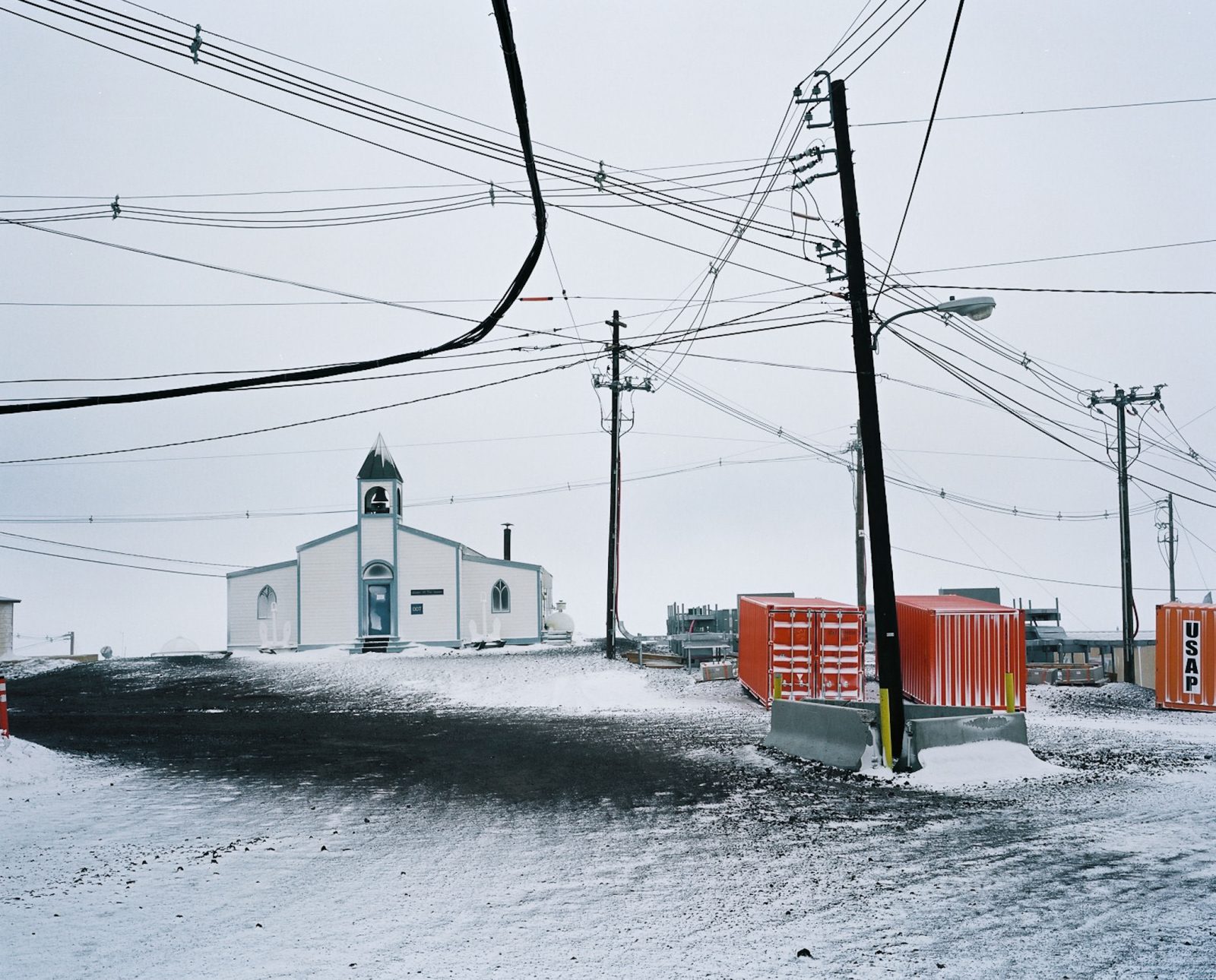
Inkjet print - pigment on paper
787 x 1000 mm
Edition of 10
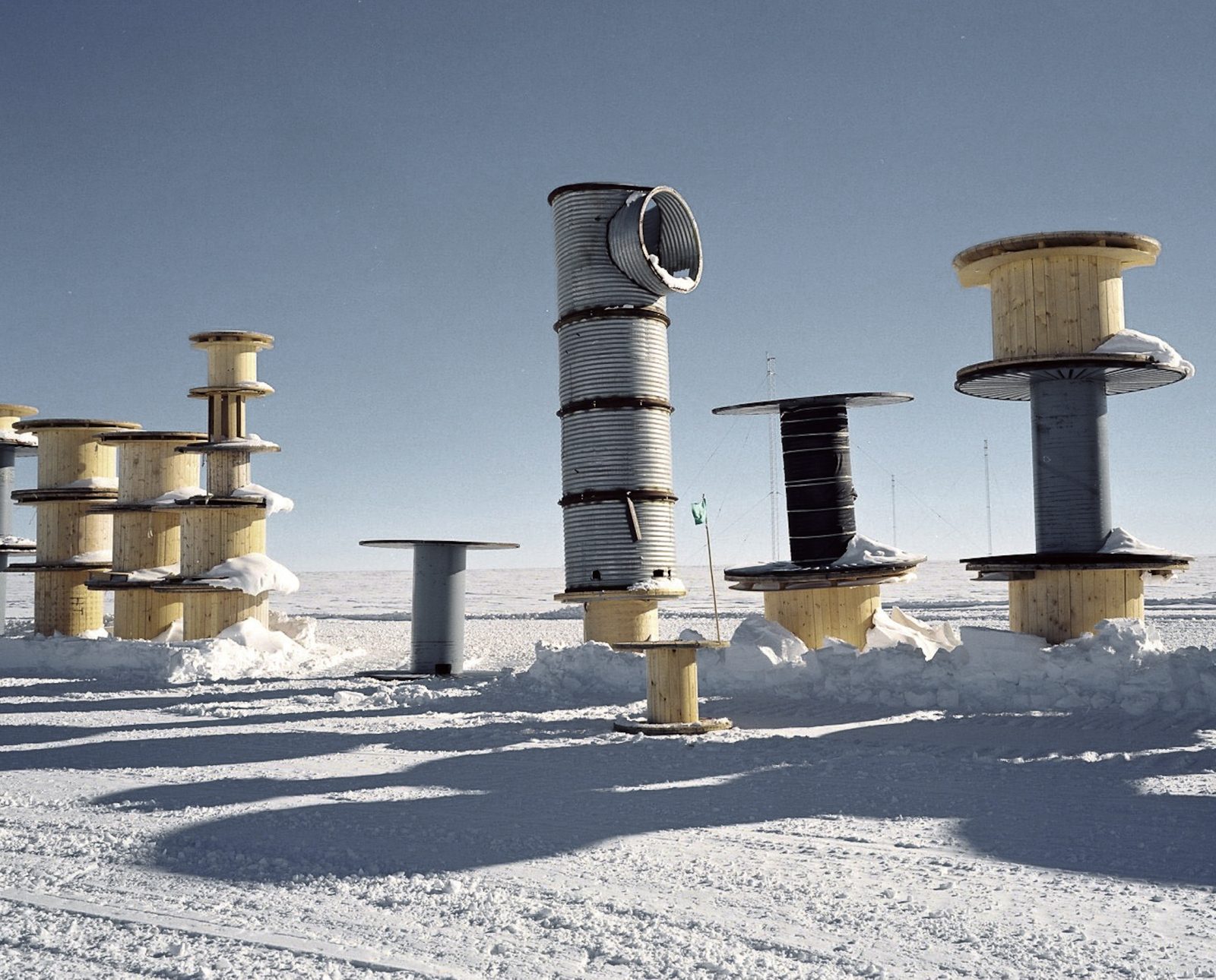
Archival pigment inks on Epson premium lustre 310 gsm
1200 x 950 mm
Edition of 10
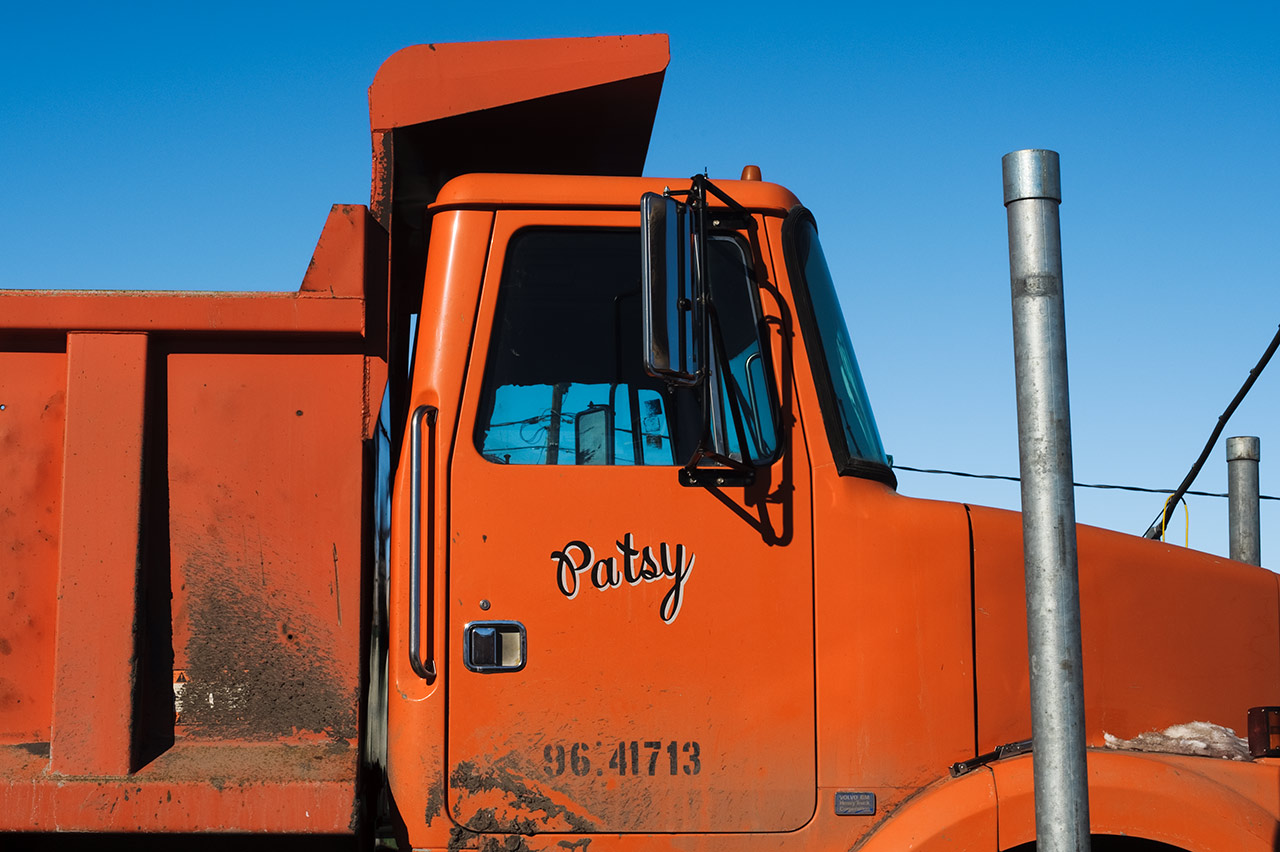
Inkjet print - pigment on paper
466 x 700 mm
Edition of 10
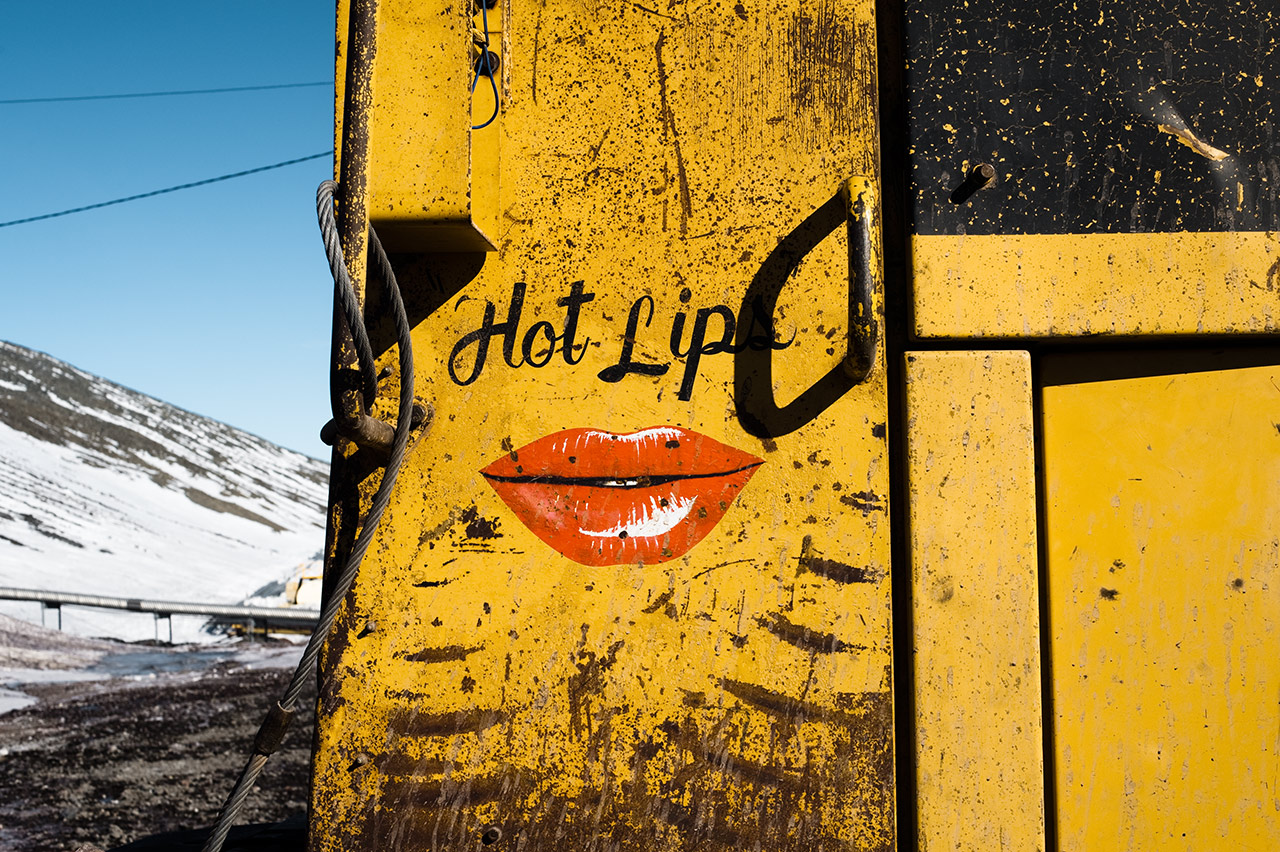
Inkjet print - pigment on paper
466 x 700 mm
Edition of 10

Pigment on Epson Premium semi-gloss paper
960mm X 750mm
Edition 10
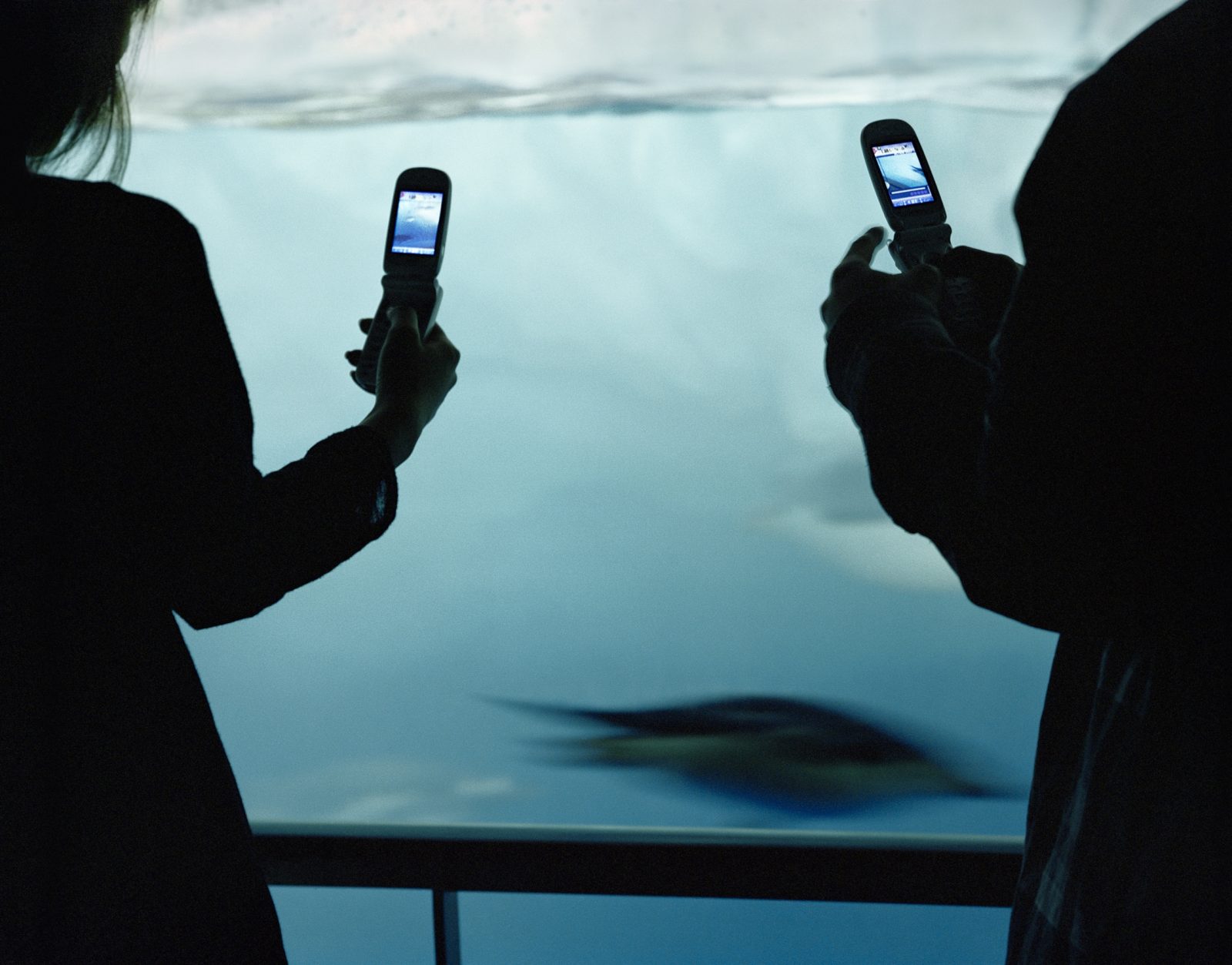
Pigment on Epson Premium semi-gloss paper
960 x 750mm
Edition of 10
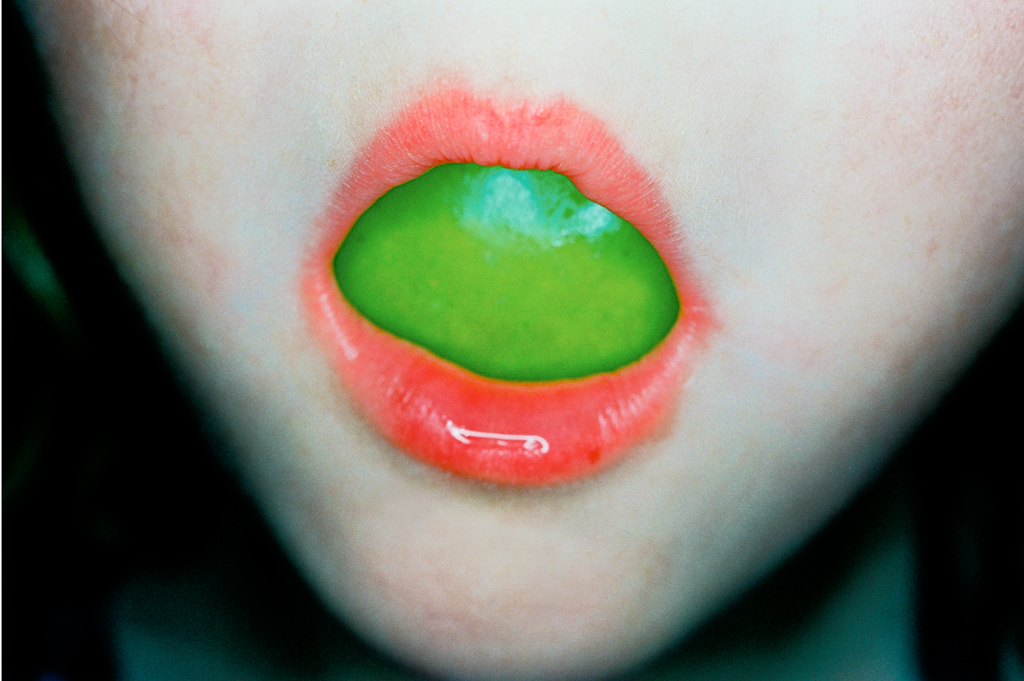
Pigment on Hahnemuhle paper
668 x 1000 mm
Edition of 10
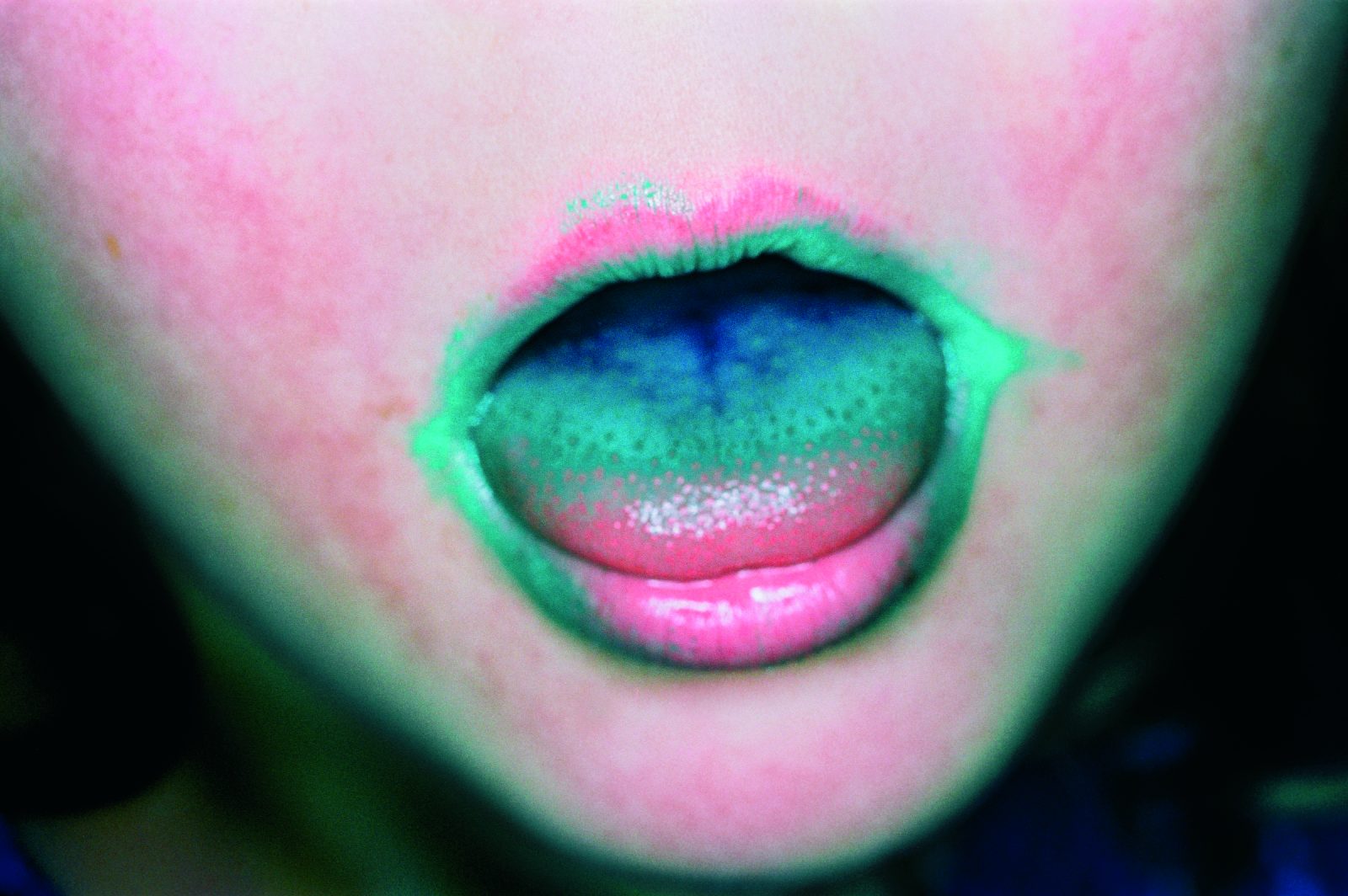
Pigment on Hahnemuhle paper
668 x 1000 mm
Edition of 10
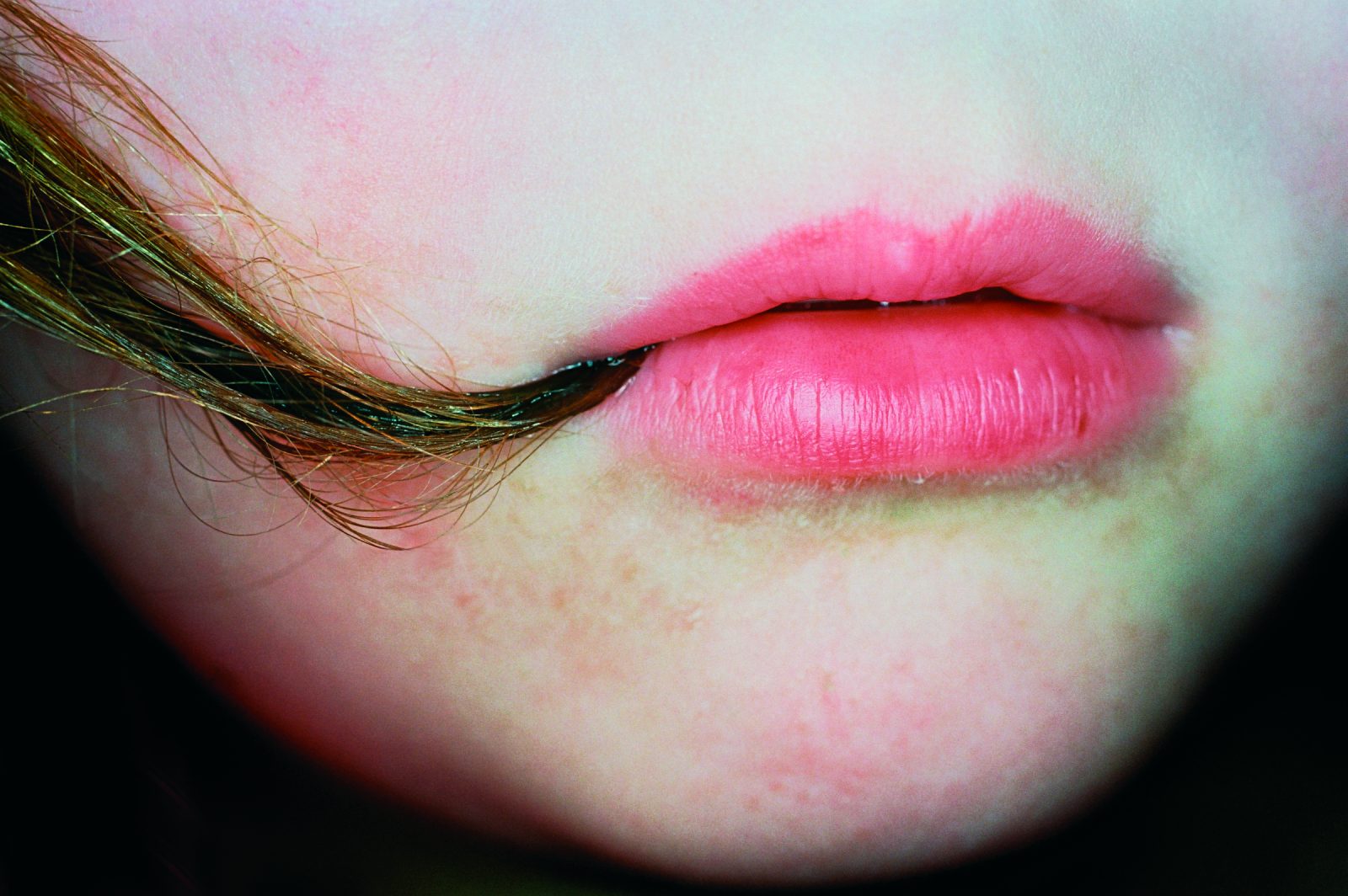
Pigment on Hahnemuhle paper
668 x 1000 mm
Edition of 10
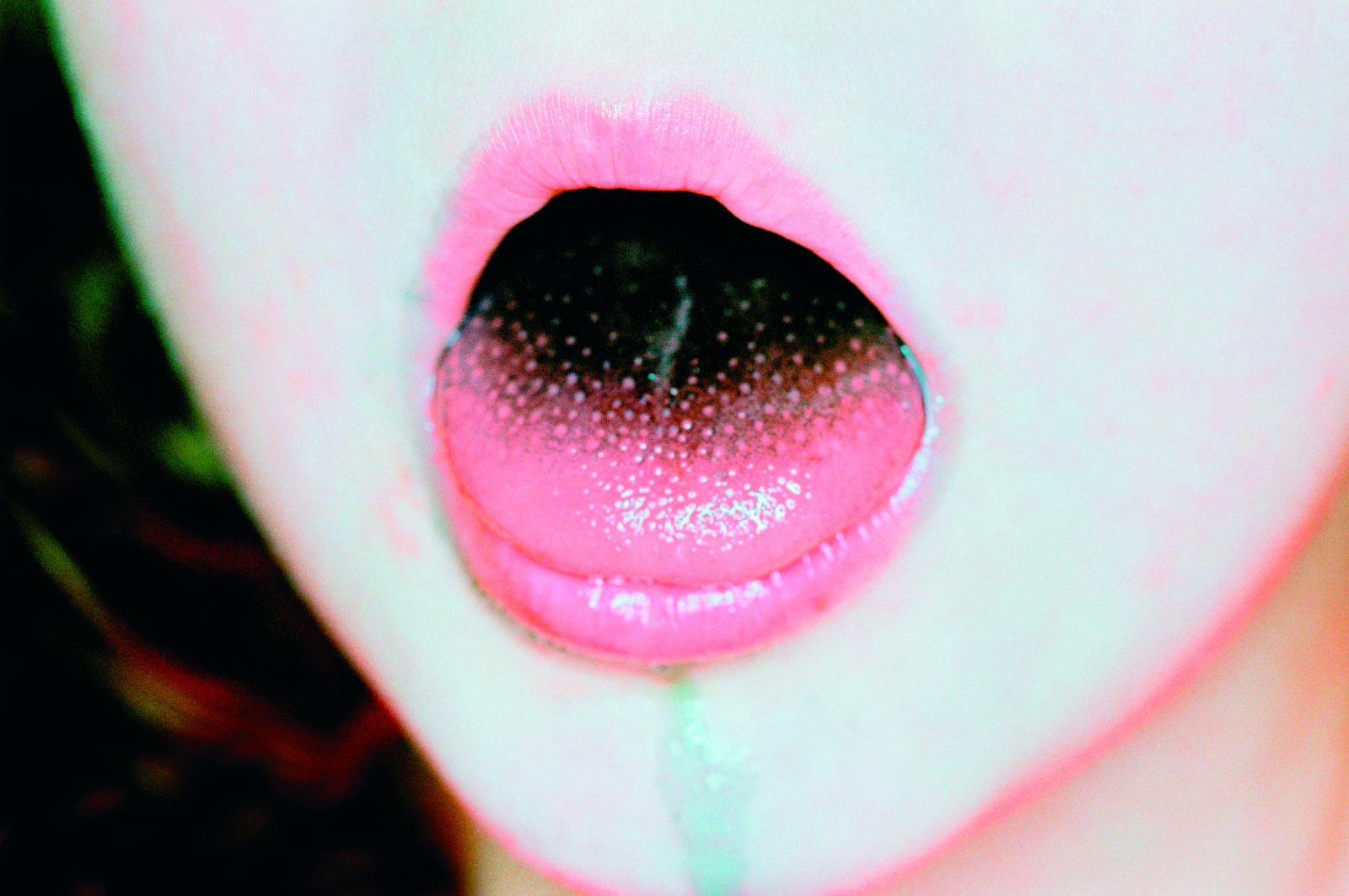
Pigment on Hahnemuhle paper
668 x 1000 mm
Edition of 10
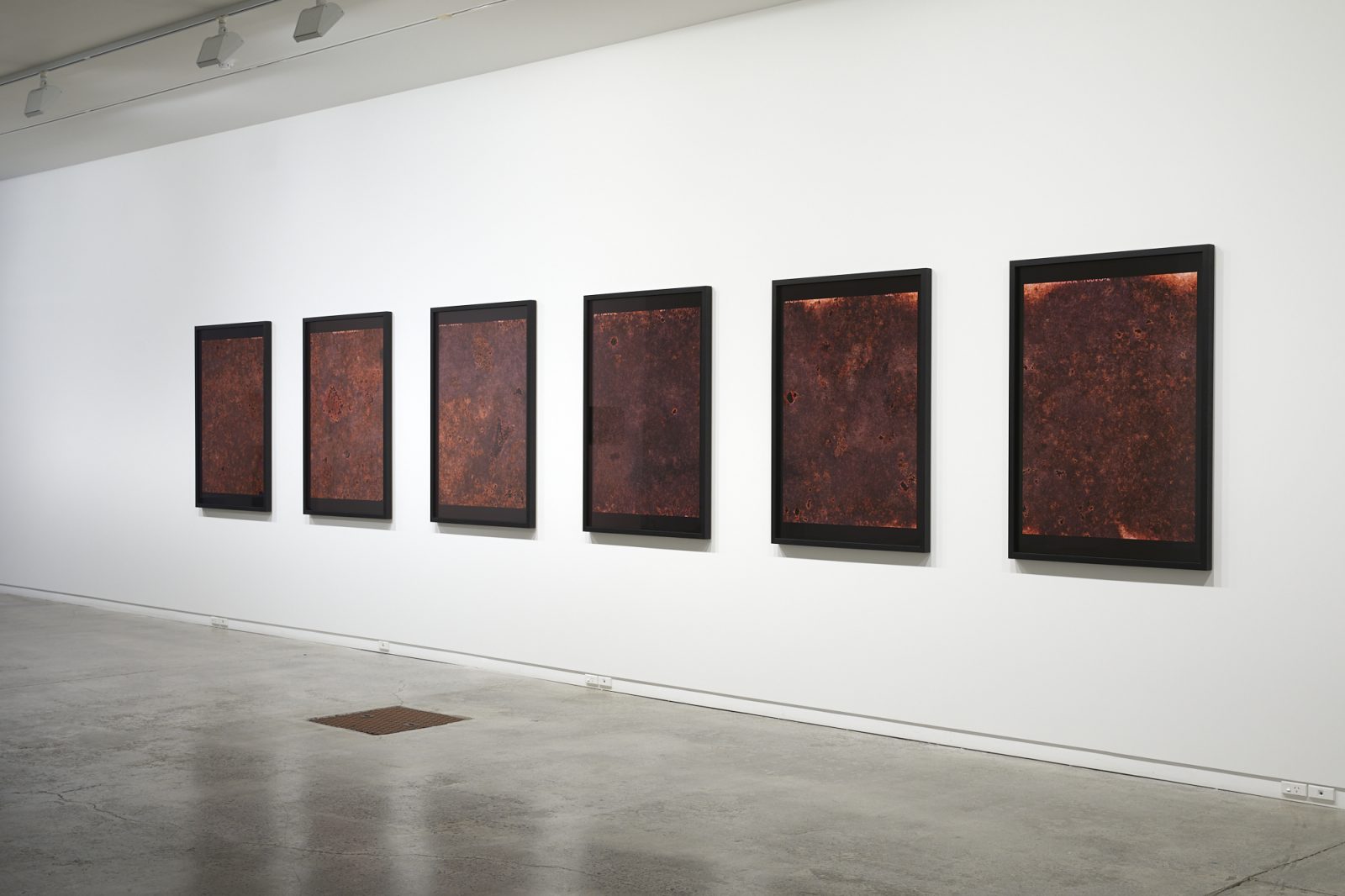
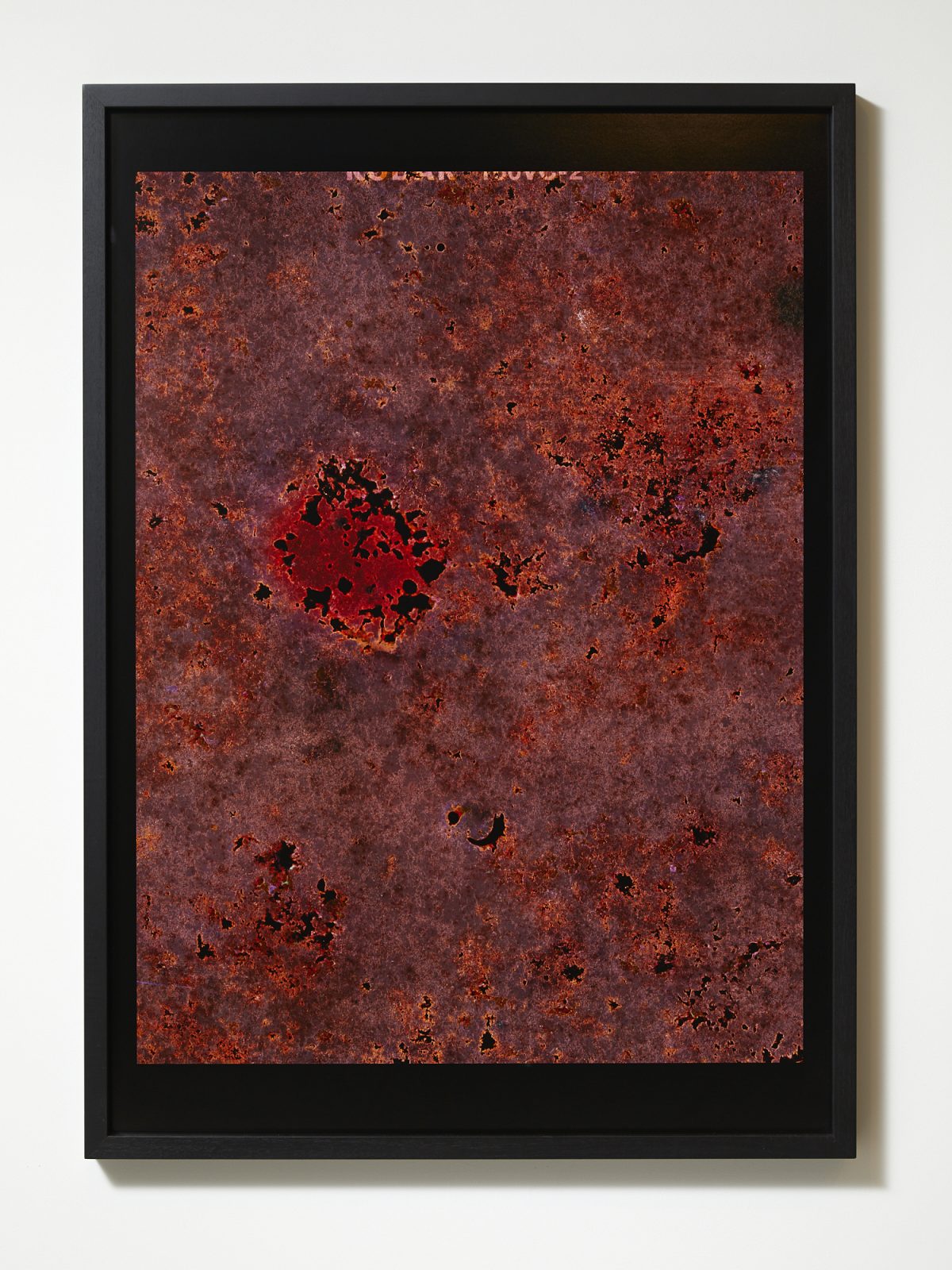
1280 x 922 mm (framed)
Edition of 7
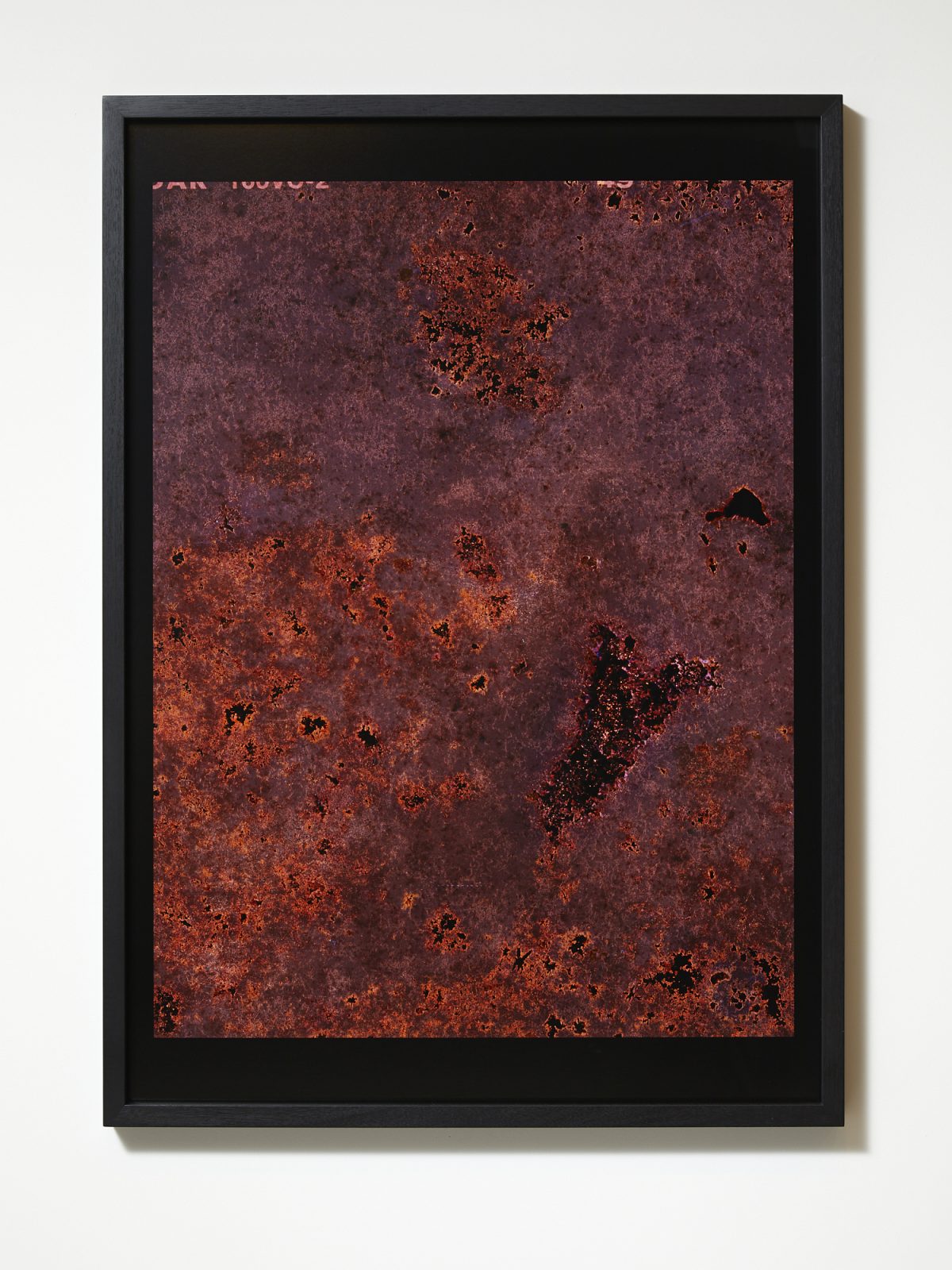
1280 x 922 mm (framed)
Edition of 7
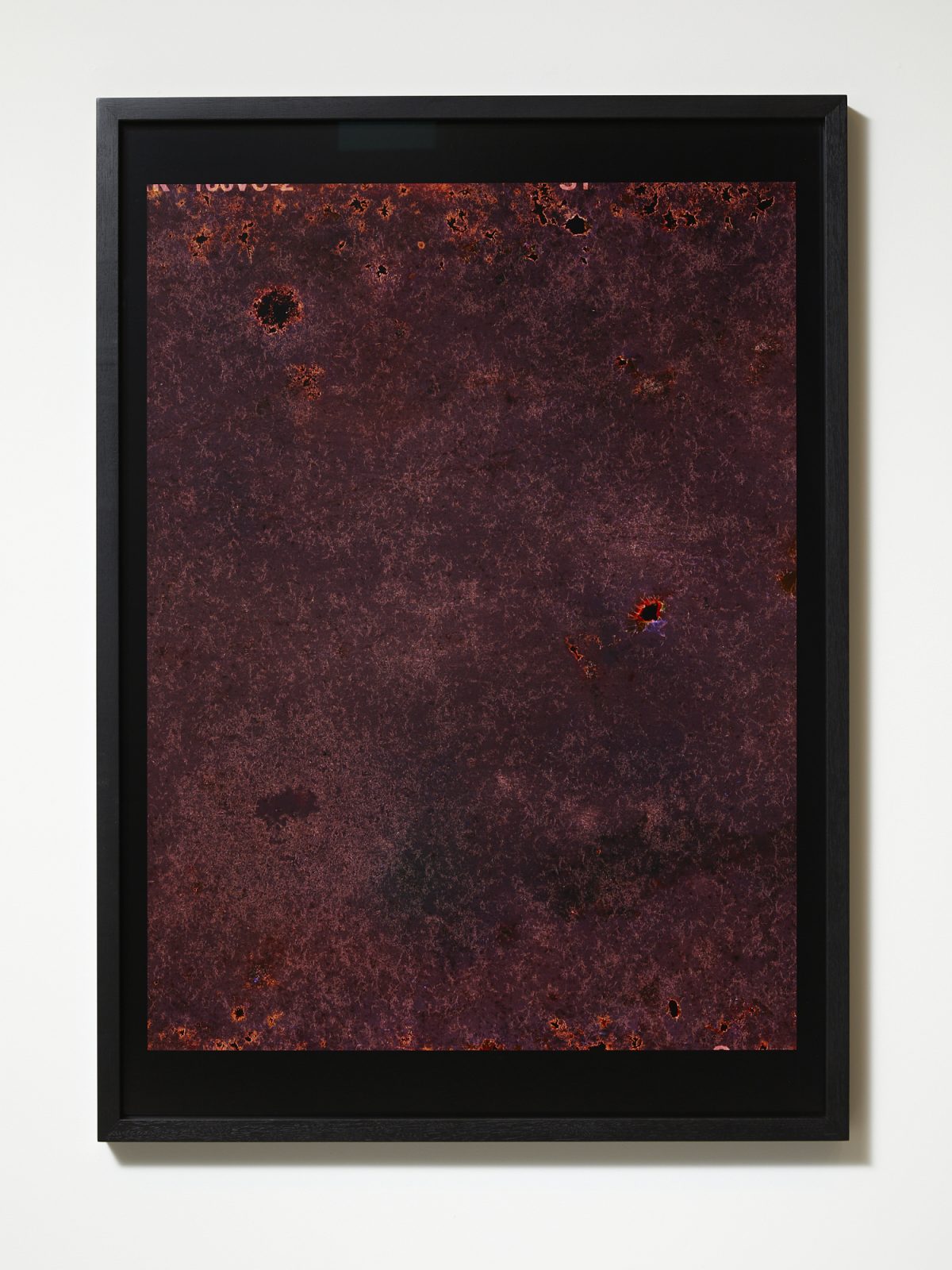
1280 x 922 mm (framed)
Edition of 7
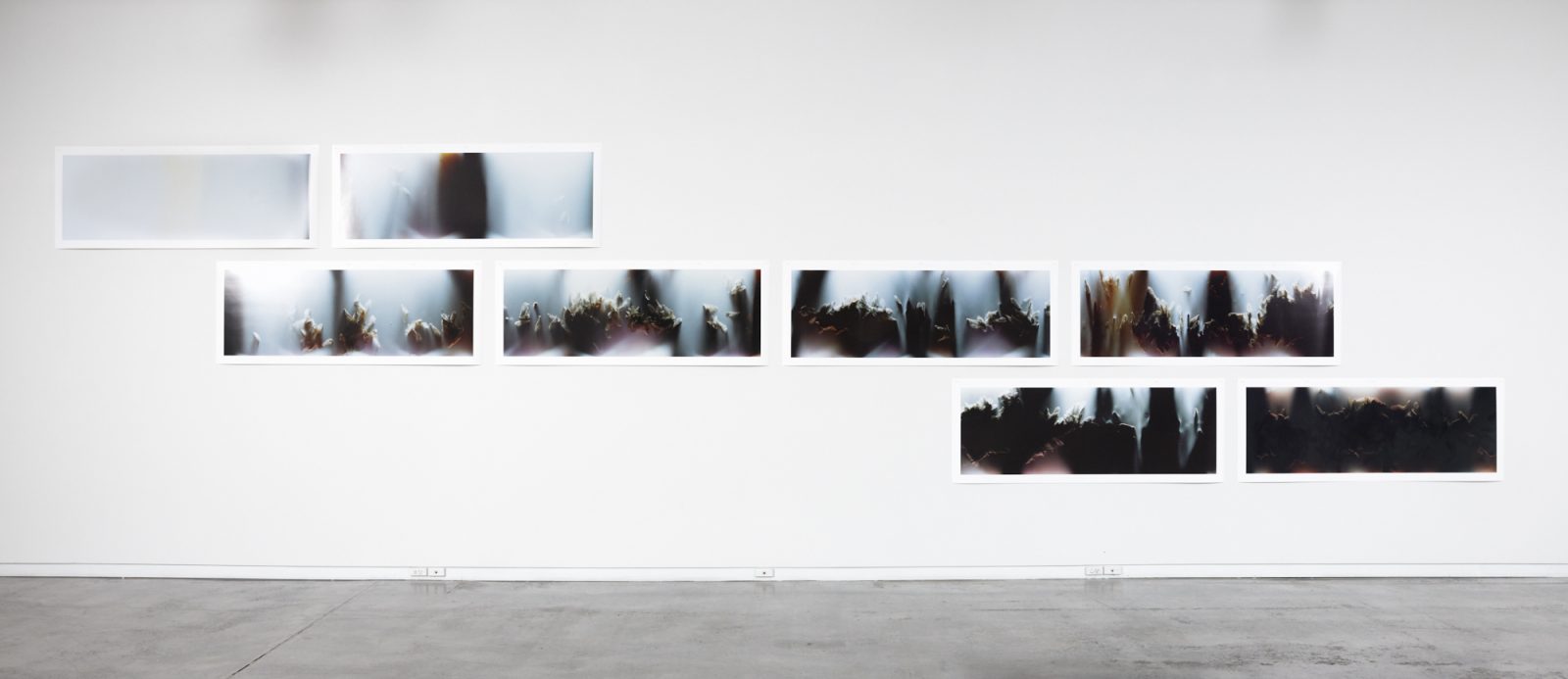

Canson Baryta Paper
3200 x 1115 mm
Edition of 10
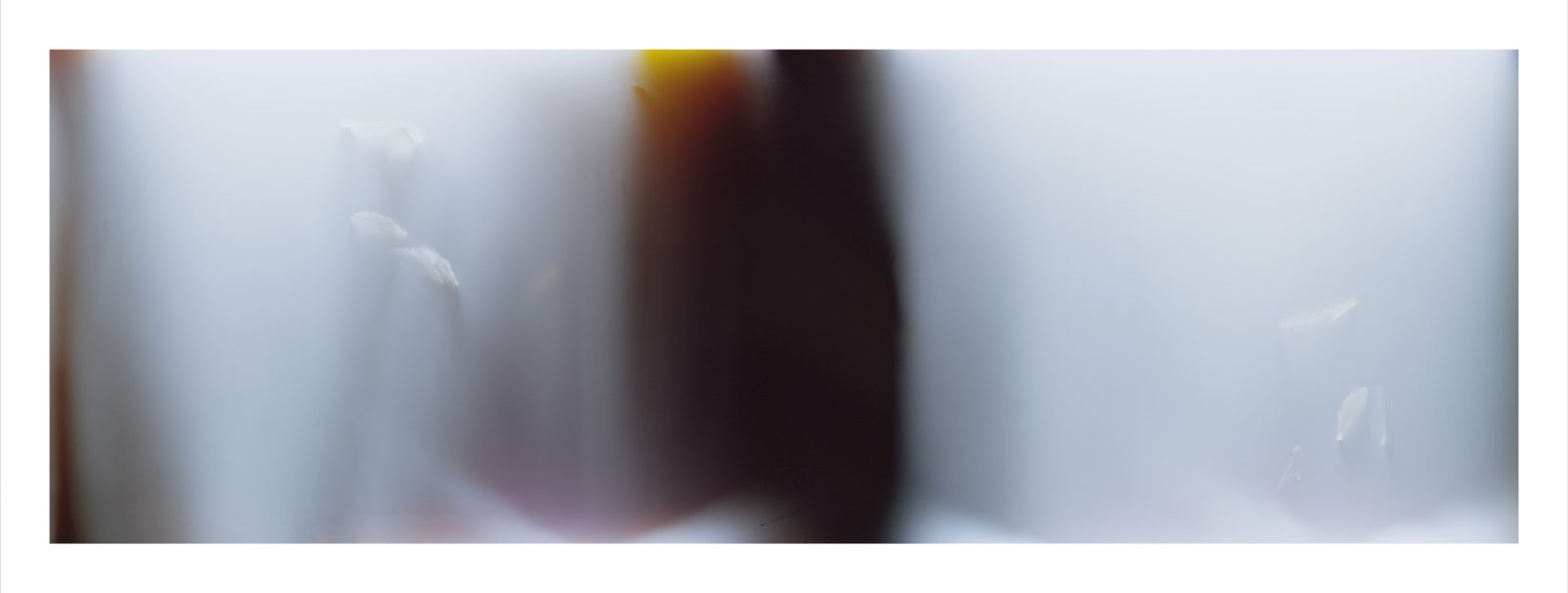
Canson Baryta Paper
3200 x 1115 mm
Edition of 10
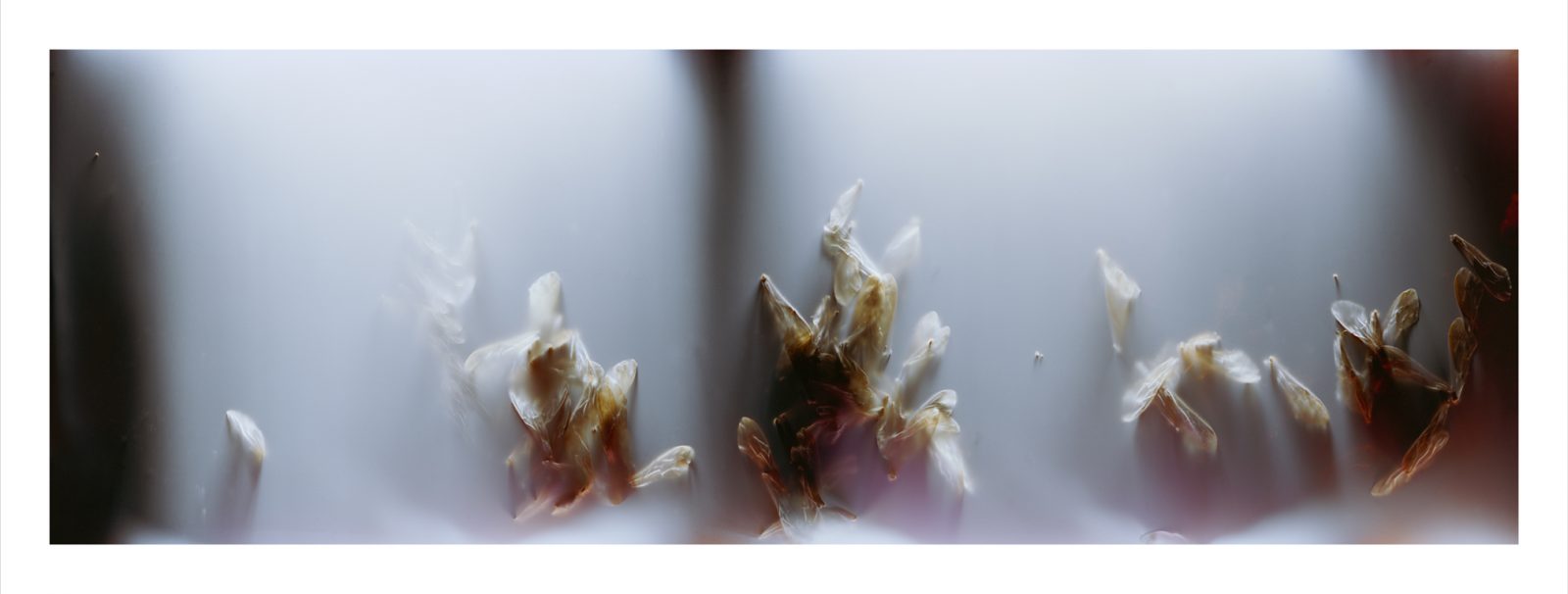
Canson Baryta Paper
3200 x 1115 mm
Edition of 10
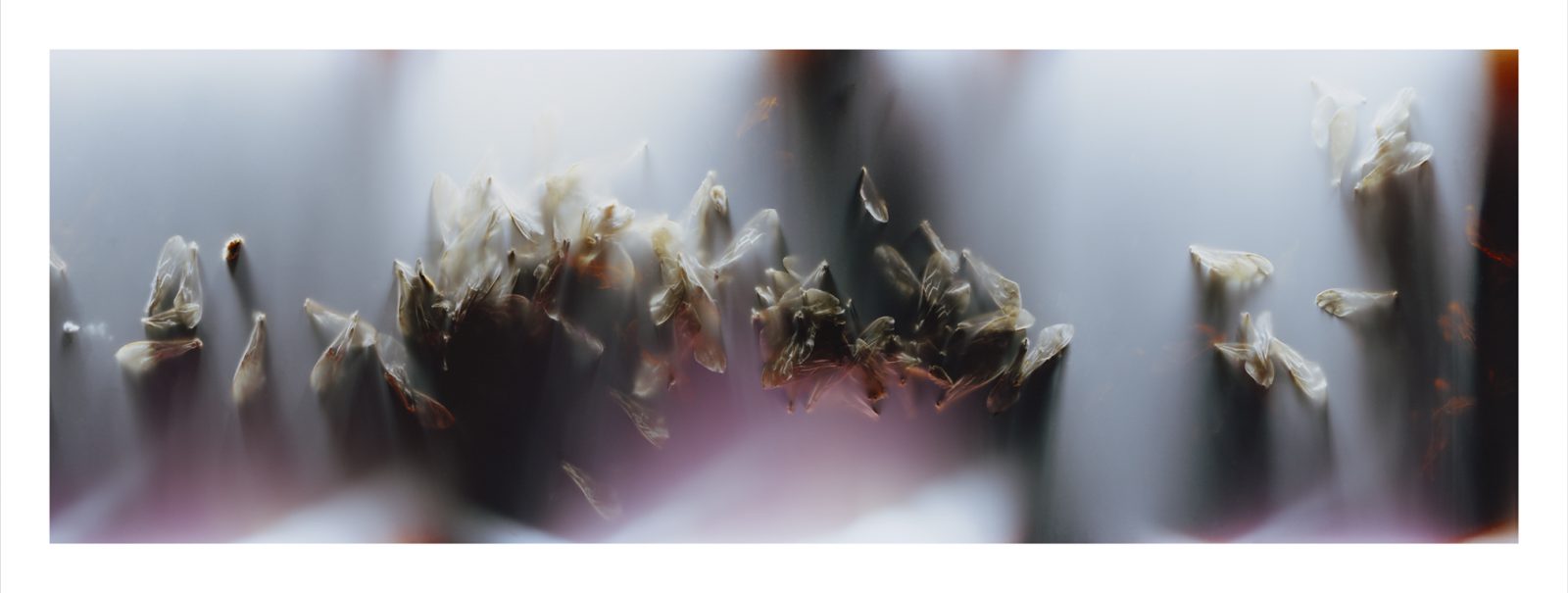
Canson Baryta Paper
3200 x 1115 mm
Edition of 10
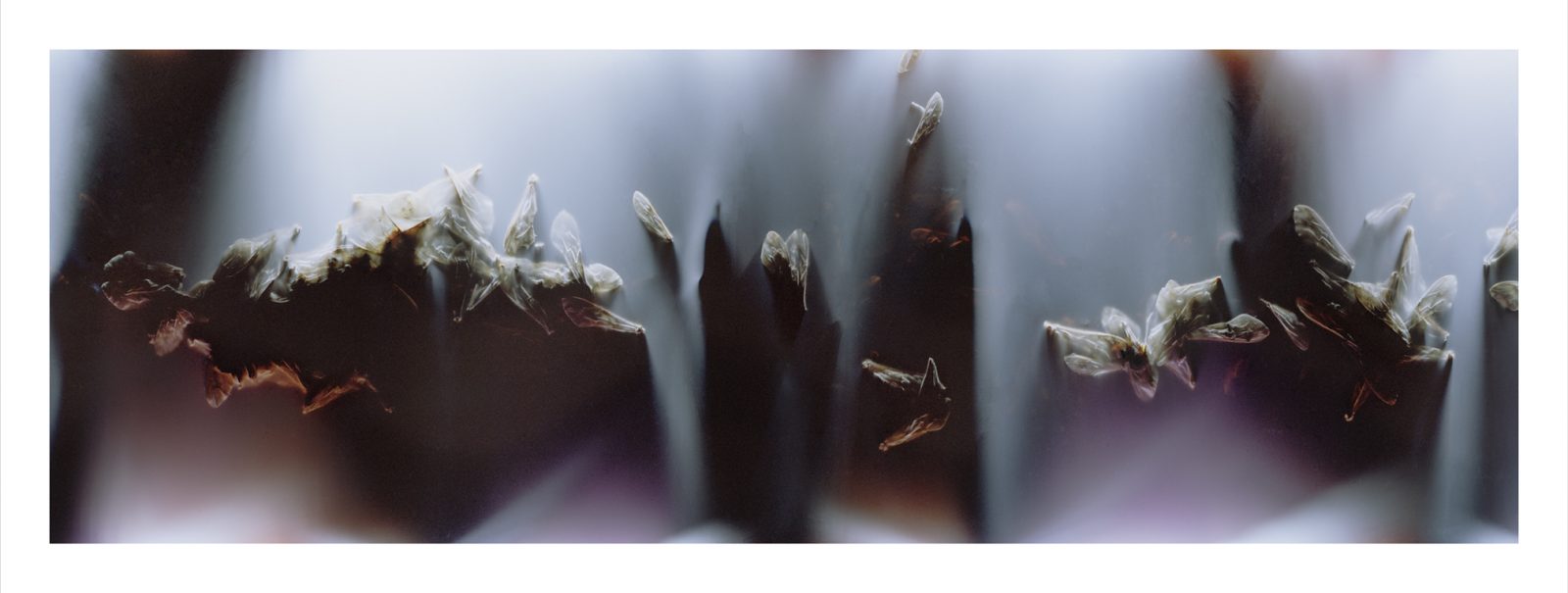
Canson Baryta Paper
3200 x 1115 mm
Edition of 10
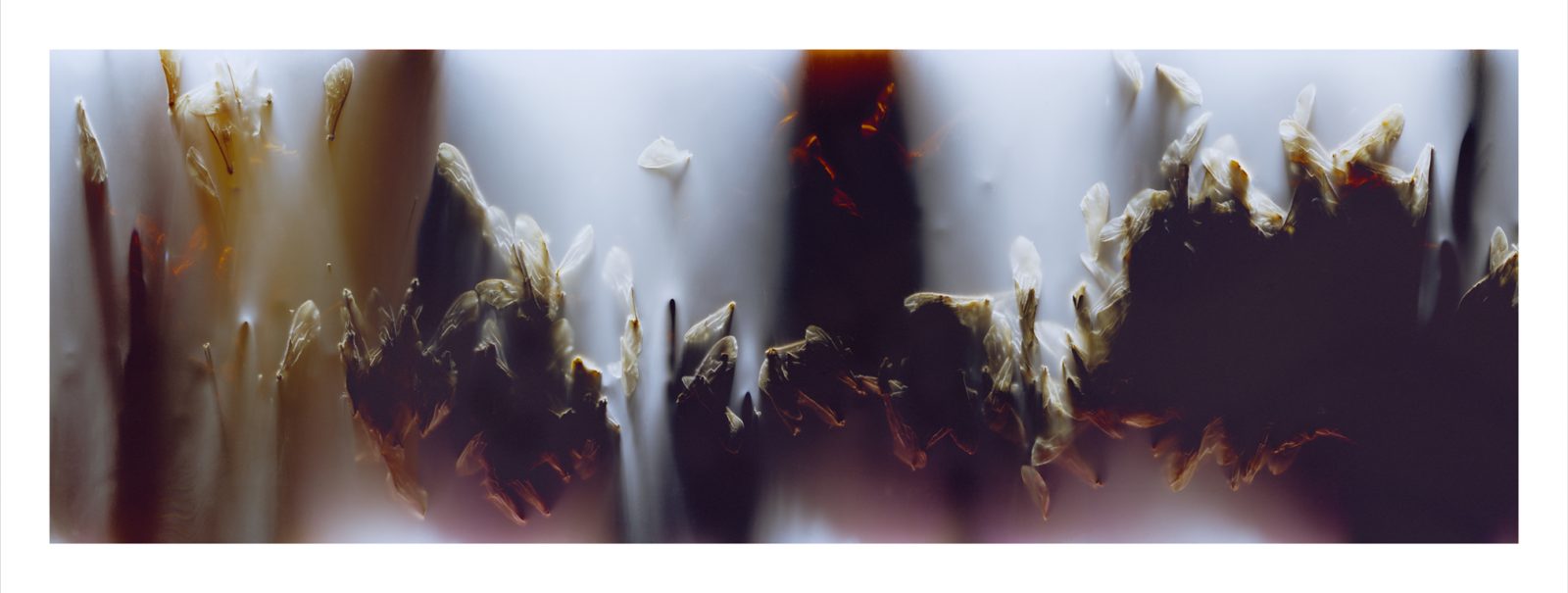
Canson Baryta Paper
3200 x 1115 mm
Edition of 10
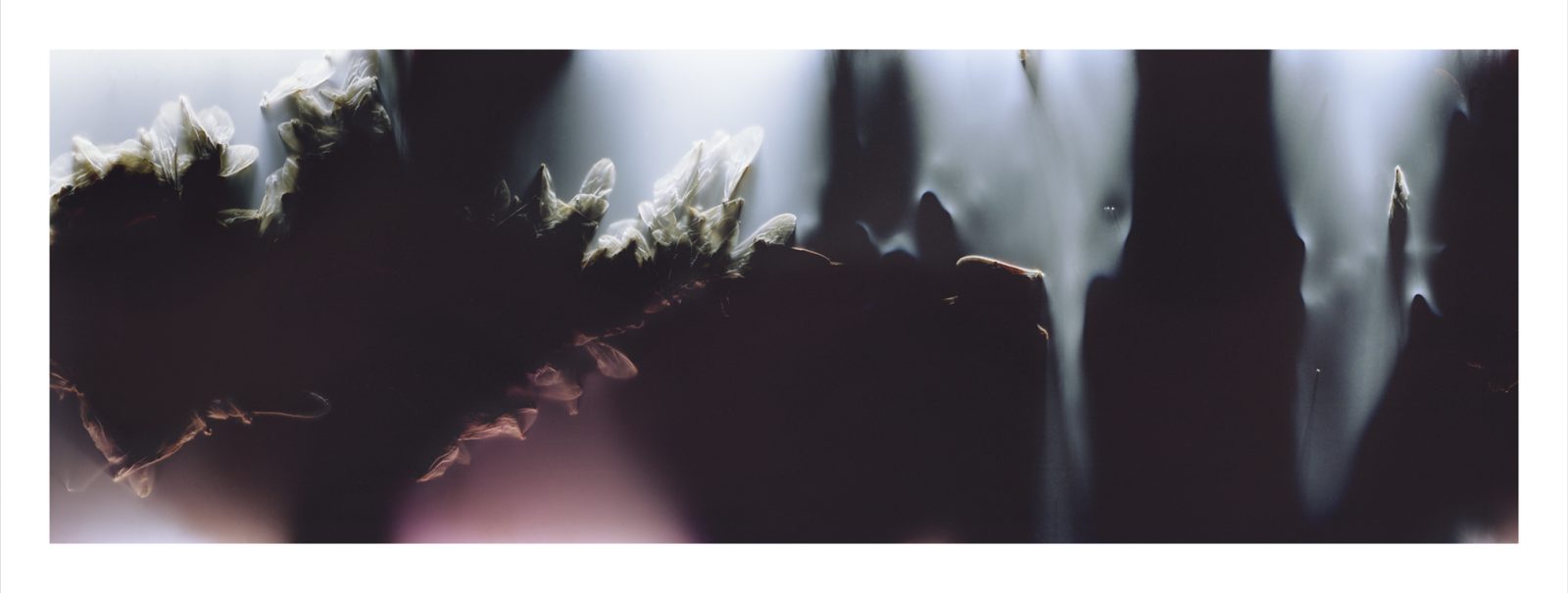
Canson Baryta Paper
3200 x 1115 mm
Edition of 10
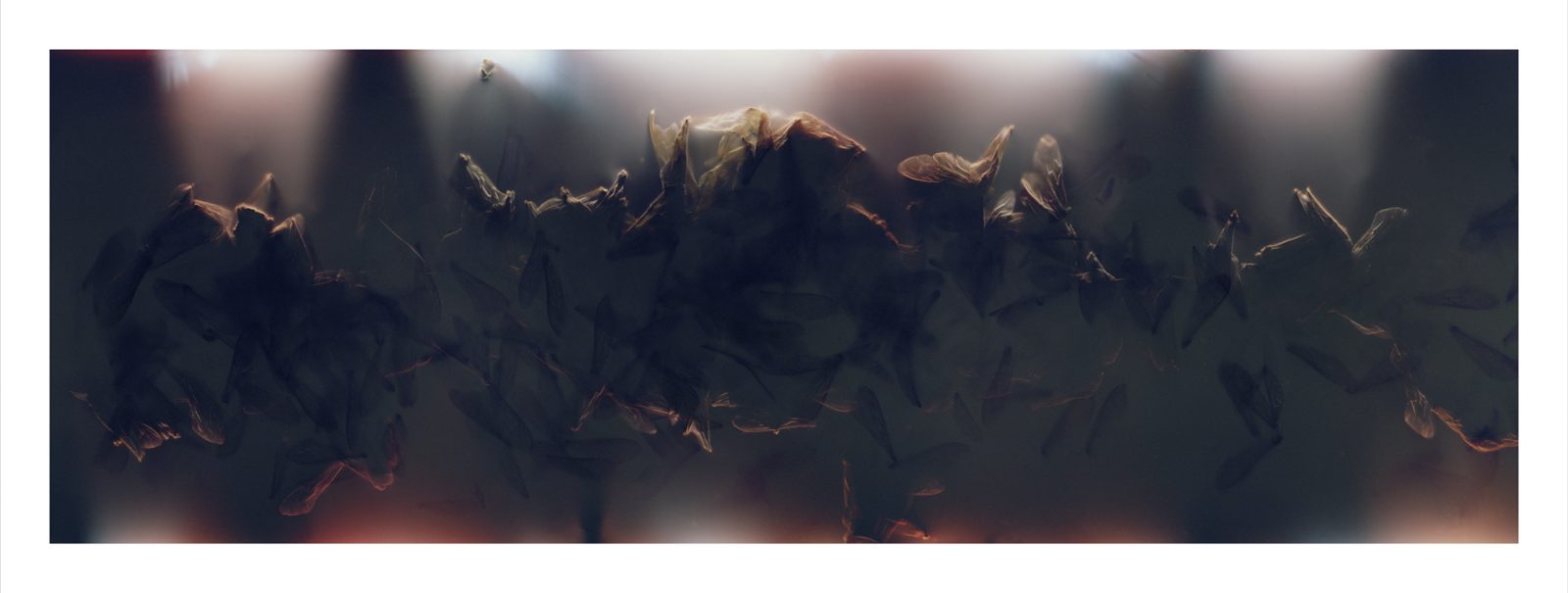
Canson Baryta Paper
3200 x 1115 mm
Edition of 10
Anne Noble (b. Whanganui, Aotearoa New Zealand) is one of Aotearoa New Zealand’s most widely recognised and respected contemporary photographers. Noble has been at the forefront of photographic practice in New Zealand since first attracting attention in the early 1980s with her acclaimed photographs of the Wanganui River. Noble has since created bodies of work as ‘essays’ or ‘narratives’ that mark her sustained engagement with particular sites and species, most notably her decade-long project on Antarctica. Noble’s images are renowned for their beauty, complexity and conceptual rigour and for their persistent inquiry into the methods through which we perceive and come to understand the natural world.
Recent work has centred on the physiology and contemporary predicament of the honeybee and charts several projects in which Noble has collaborated with researchers and scientists to develop images that articulate the delicate majesty of these beings. The most recent iteration of this ongoing project, Conversation: A cabinet of wonder was exhibited at The 9th Asia Pacific Triennial of Contemporary Art at QAGOMA (2018-19). Anne Noble is a Distinguished Professor of Fine Arts (Photography) at Massey University, Wellington and is the recipient of numerous awards including the 31st Higashikawa Overseas Photographer Award (2015), a Fulbright Fellowship at Columbia College, Chicago (2014), an Arts Foundation Laureate Award (2009), US National Science Foundation Artists and Writers Award (2008).
Her latest body of work revisits Ratanui, a 500-year Northern Rata in the Tarapuruhi bush sanctuary north of Whanganui where Anne Noble grew up. Noble first photographed the tree in 1978 and, in the summer of 2021 while on the artist residency at Tylee Cottage Whanganui, she revisited the sanctuary to create the new work from her earlier research.
